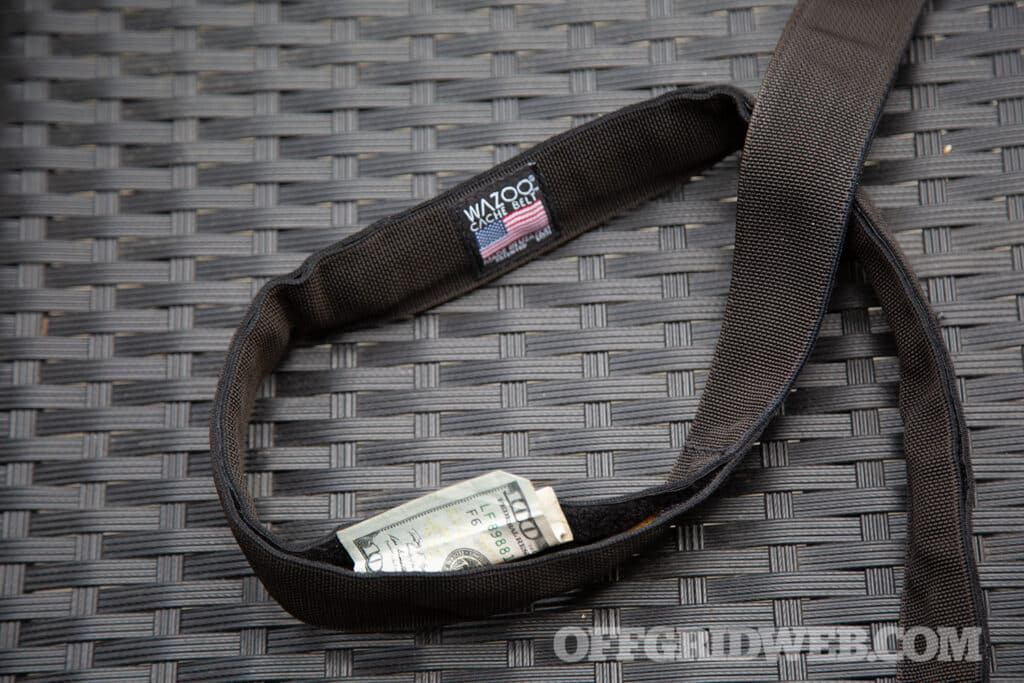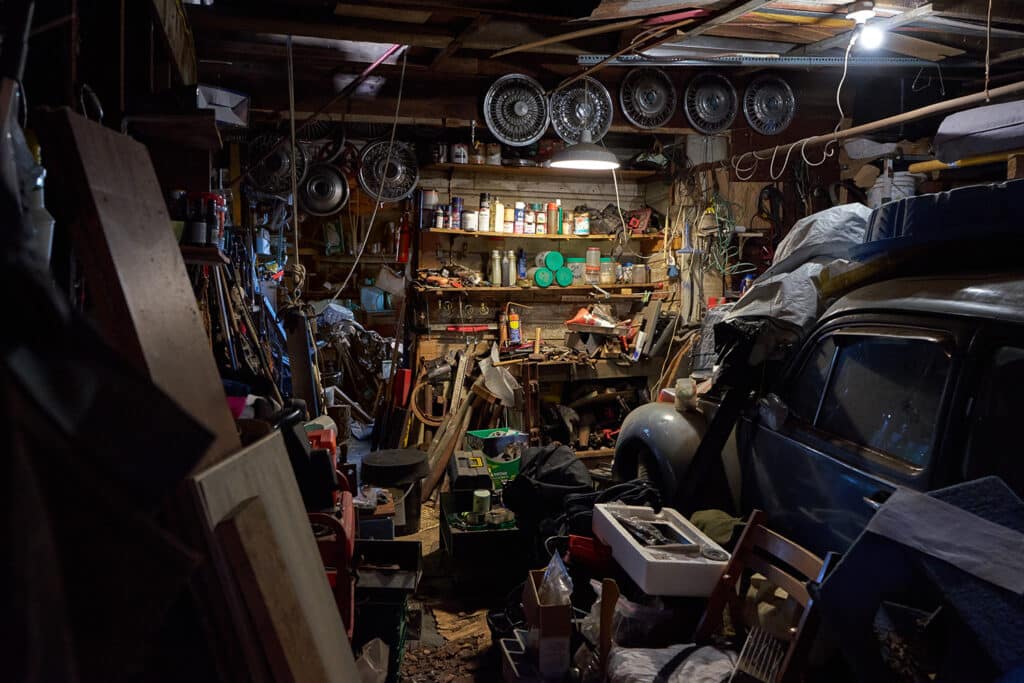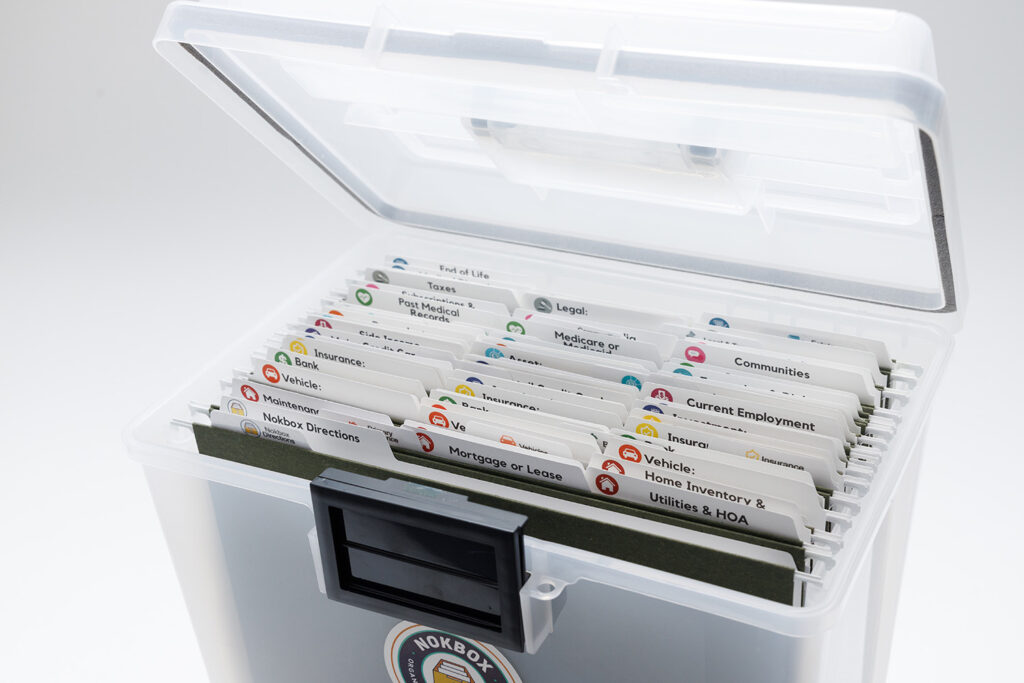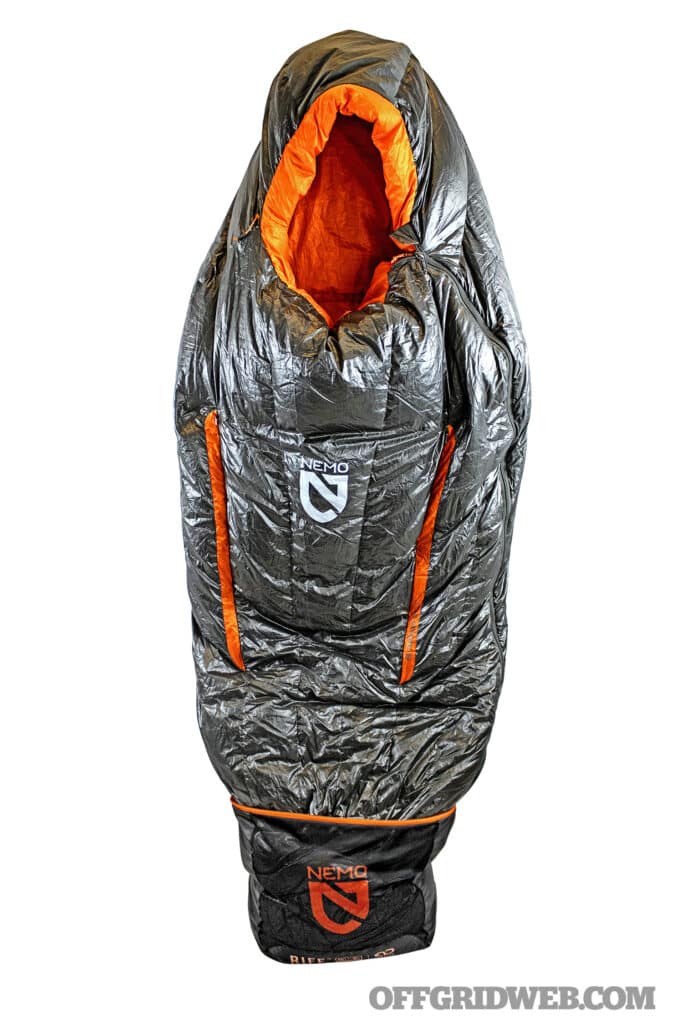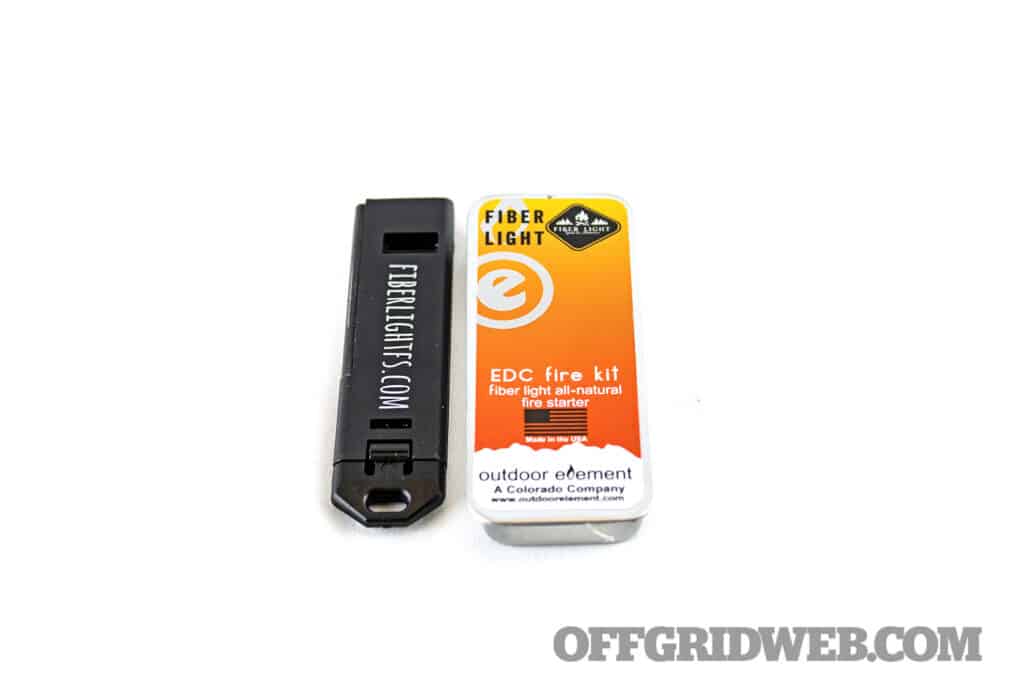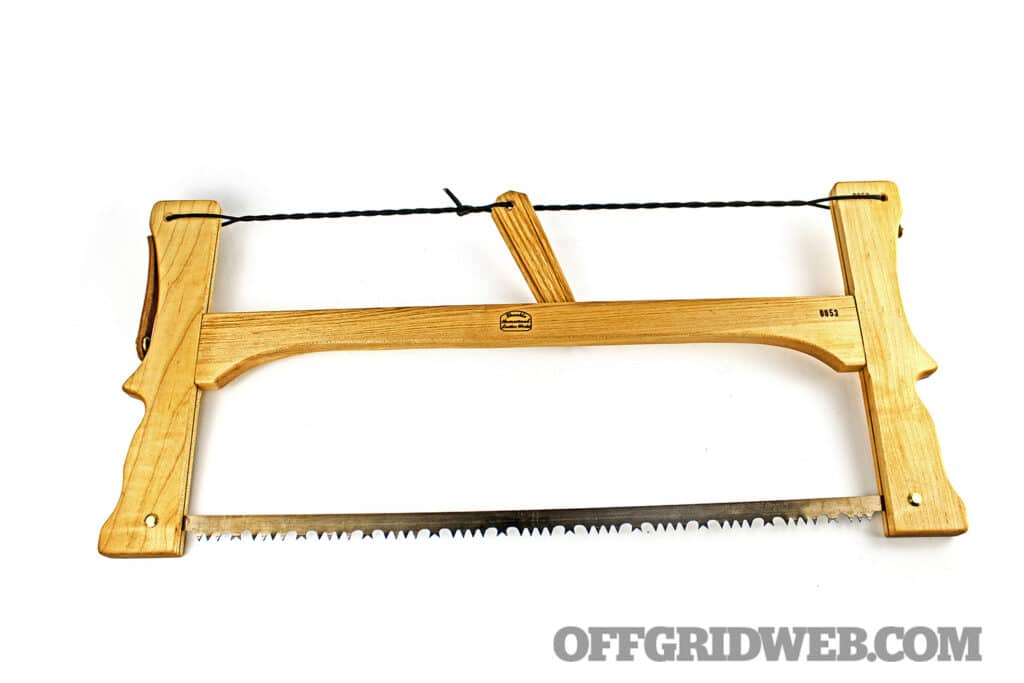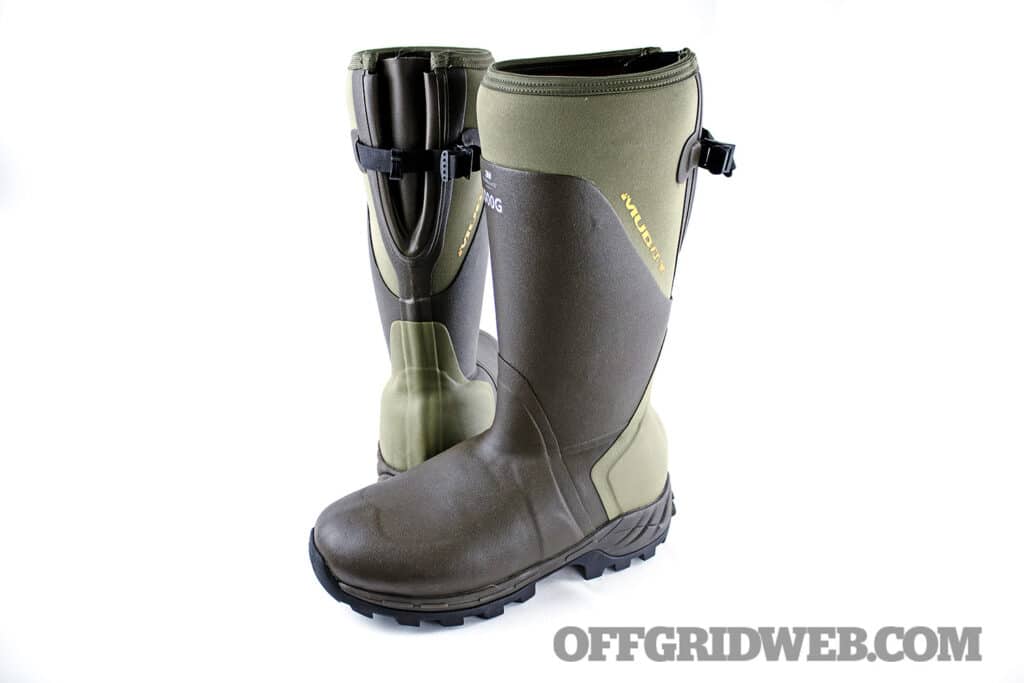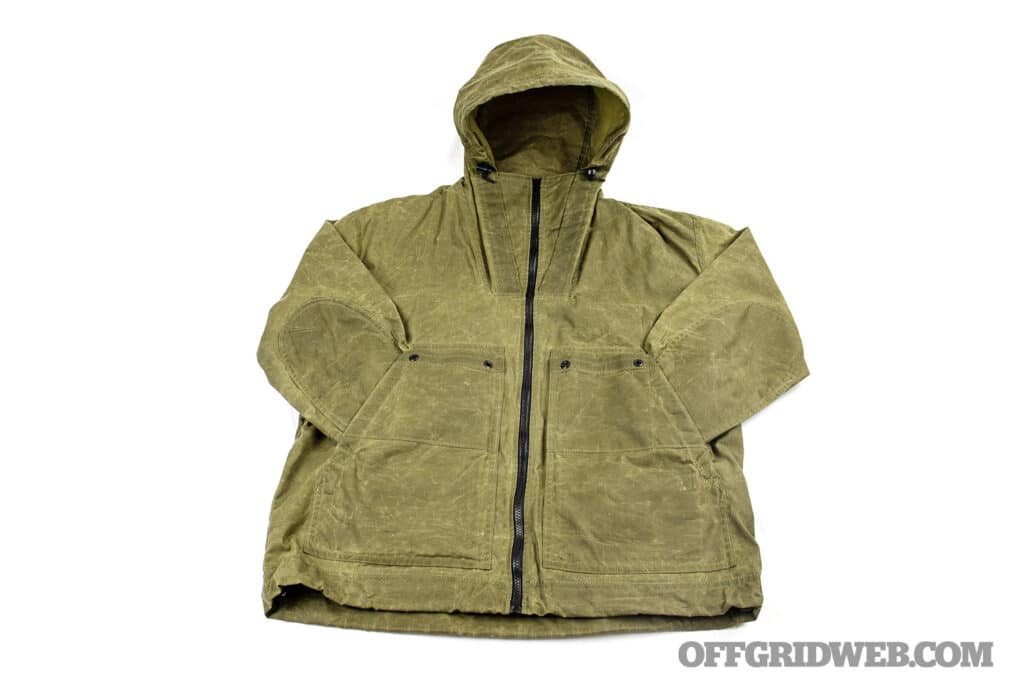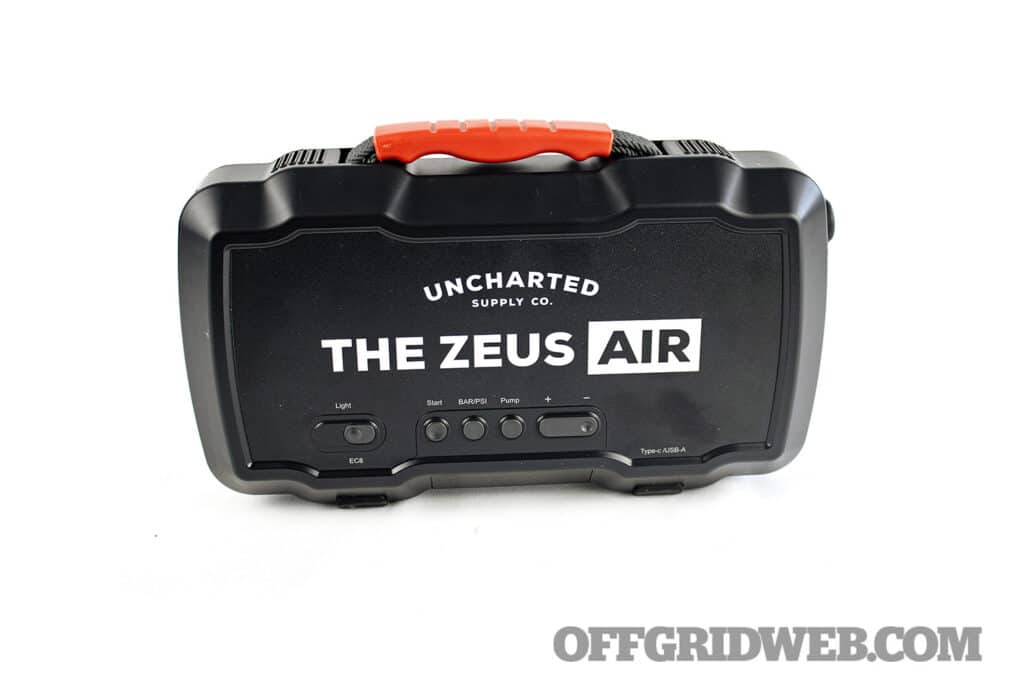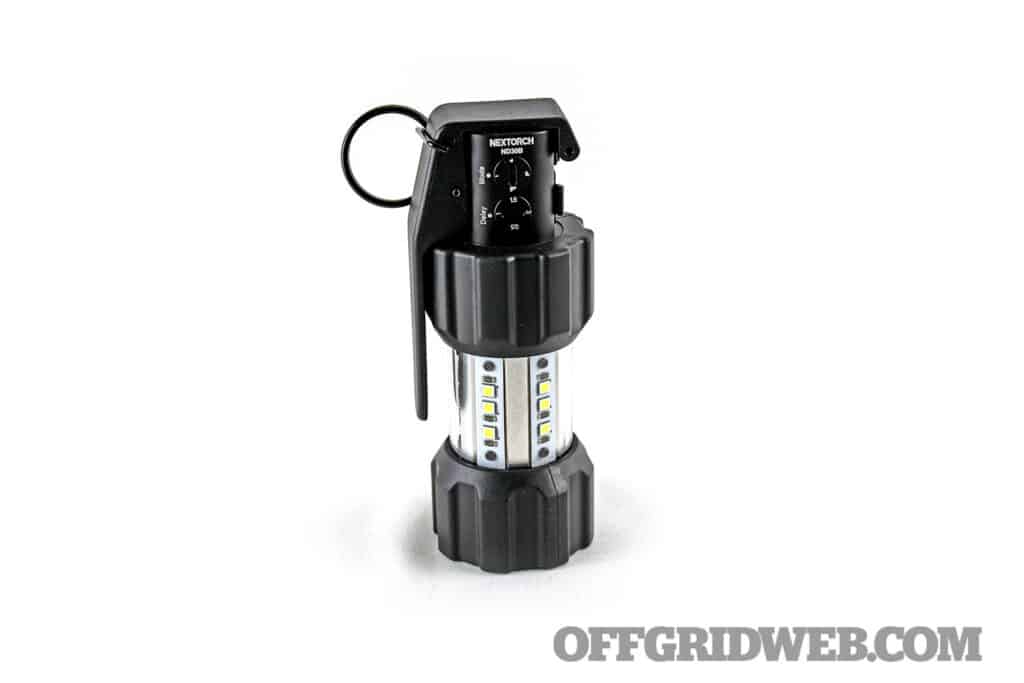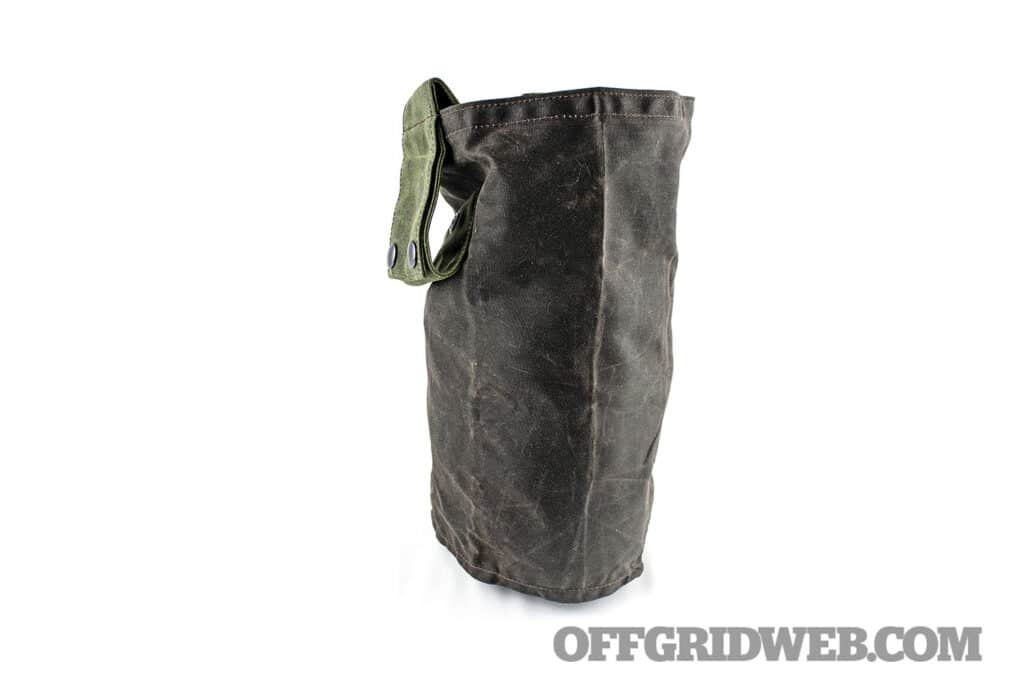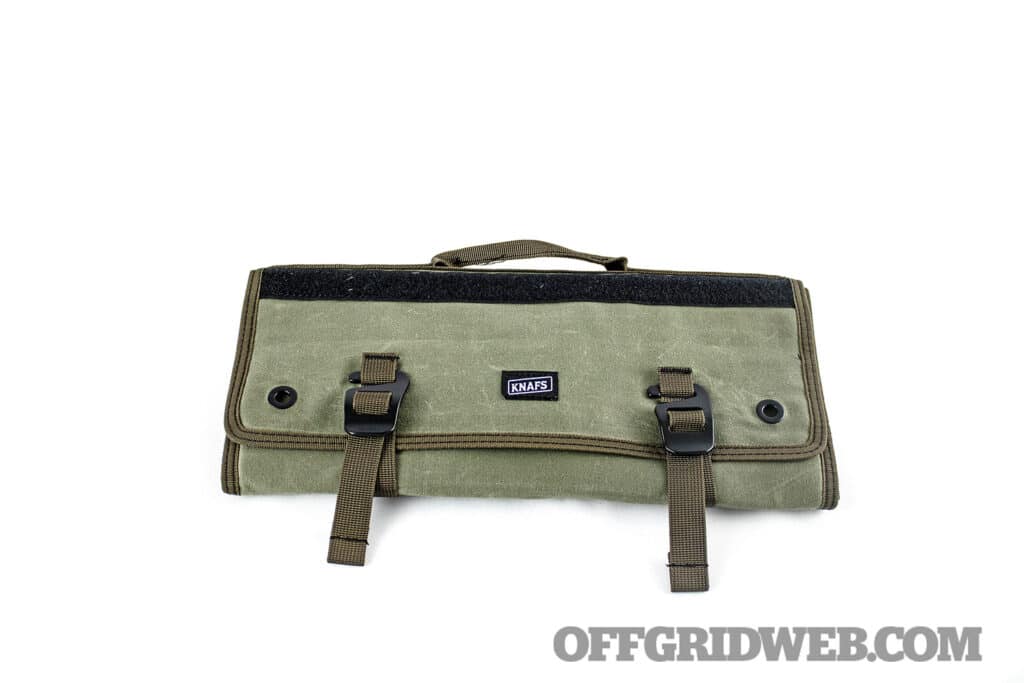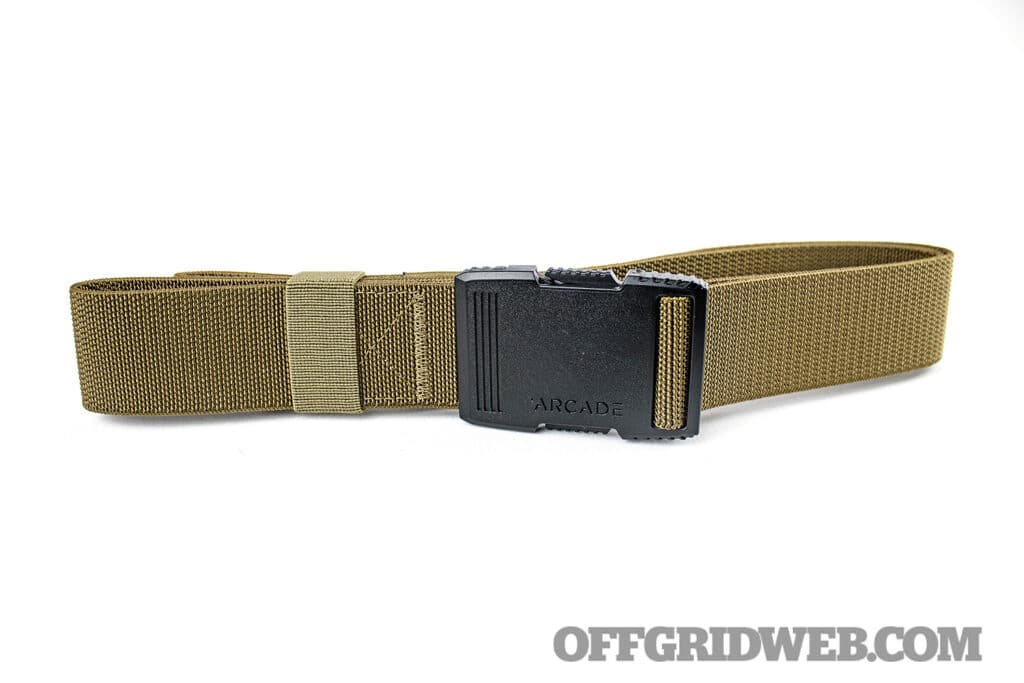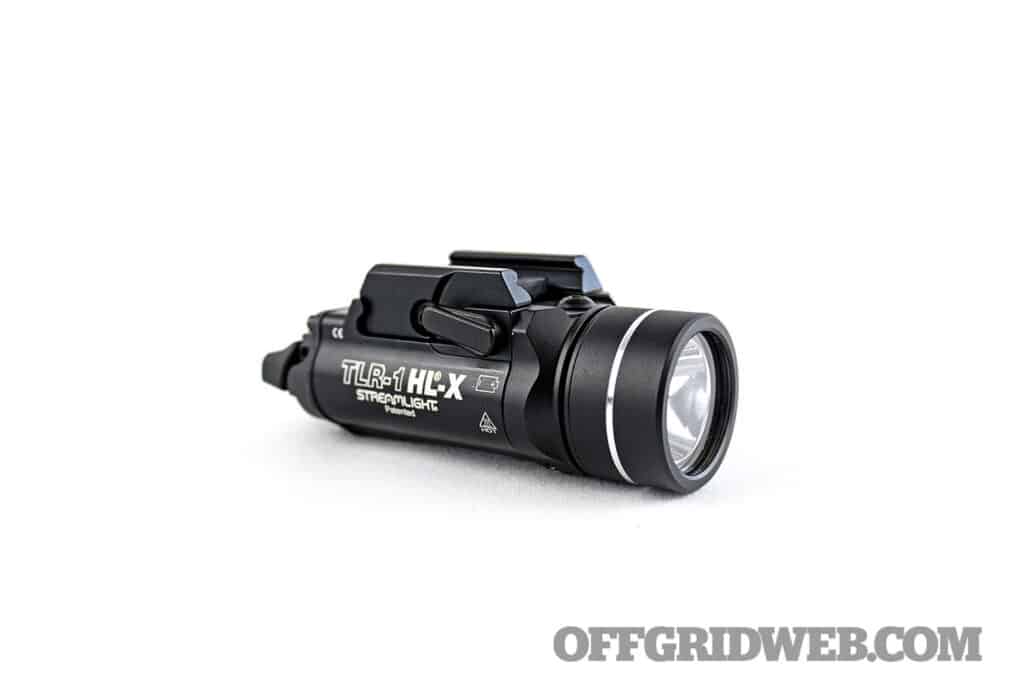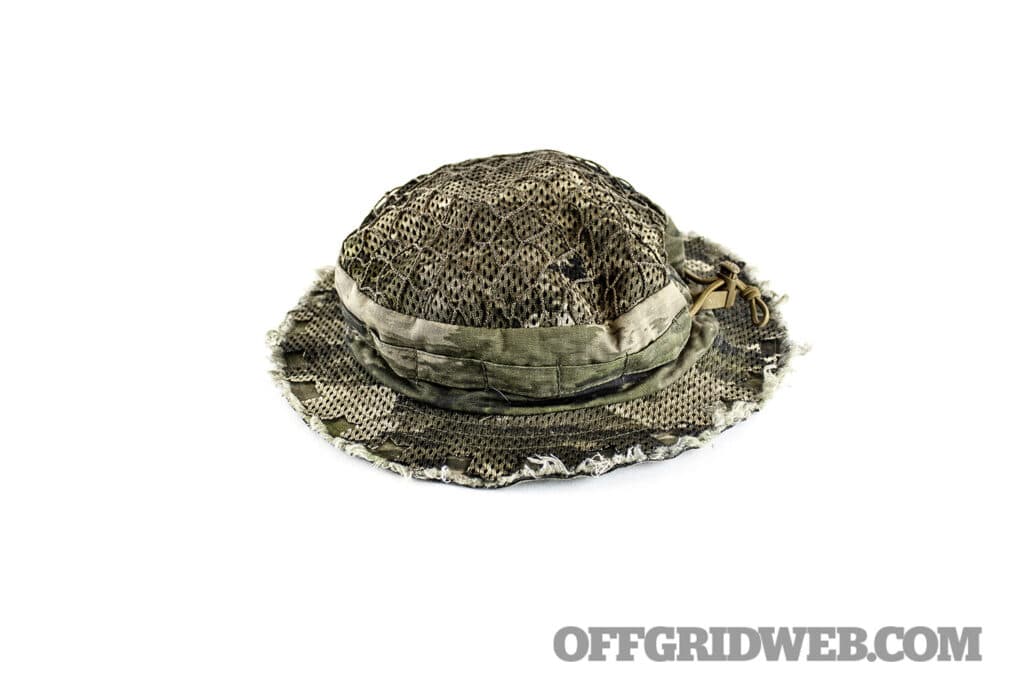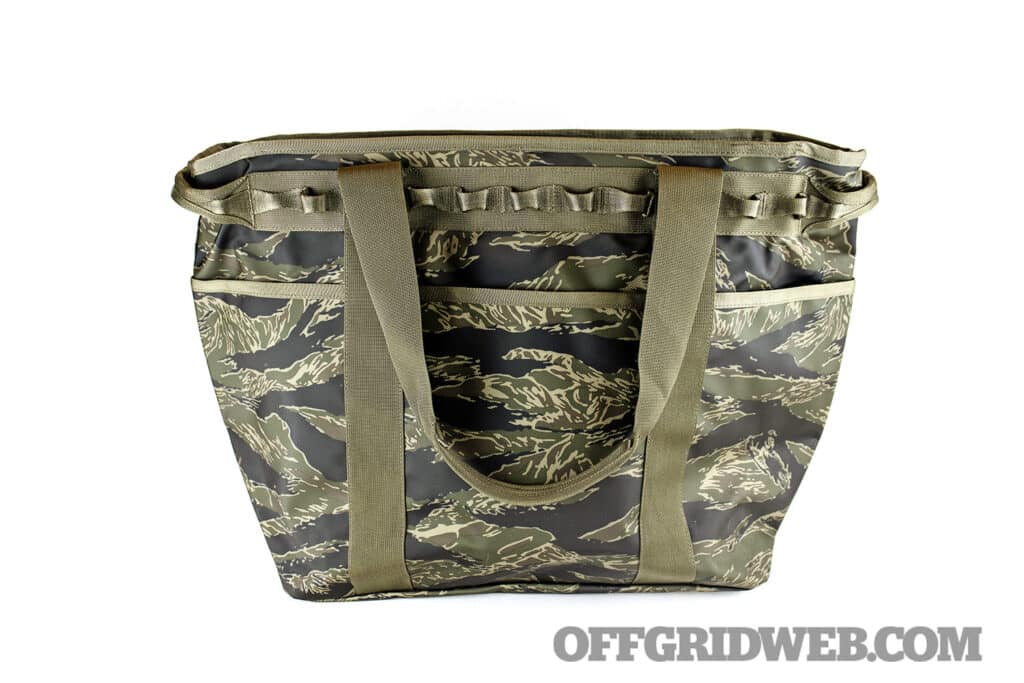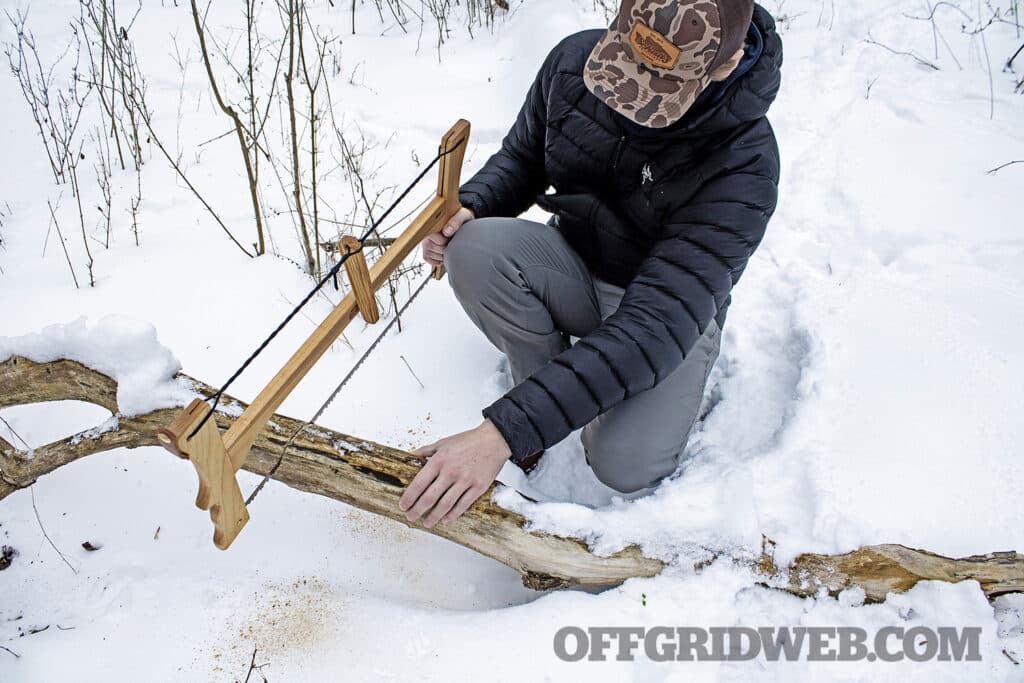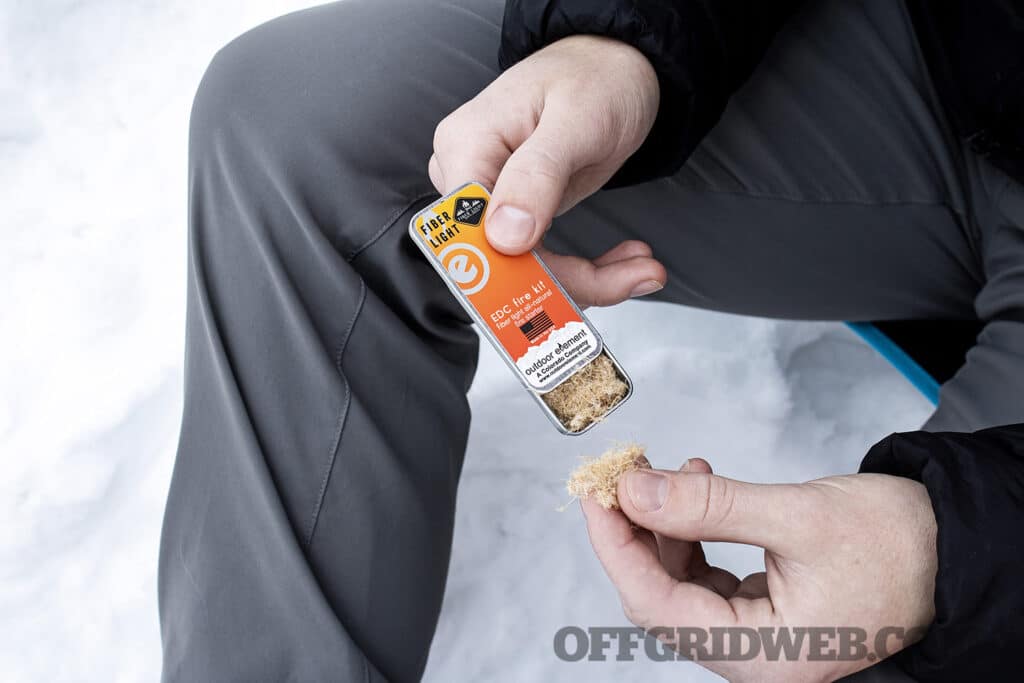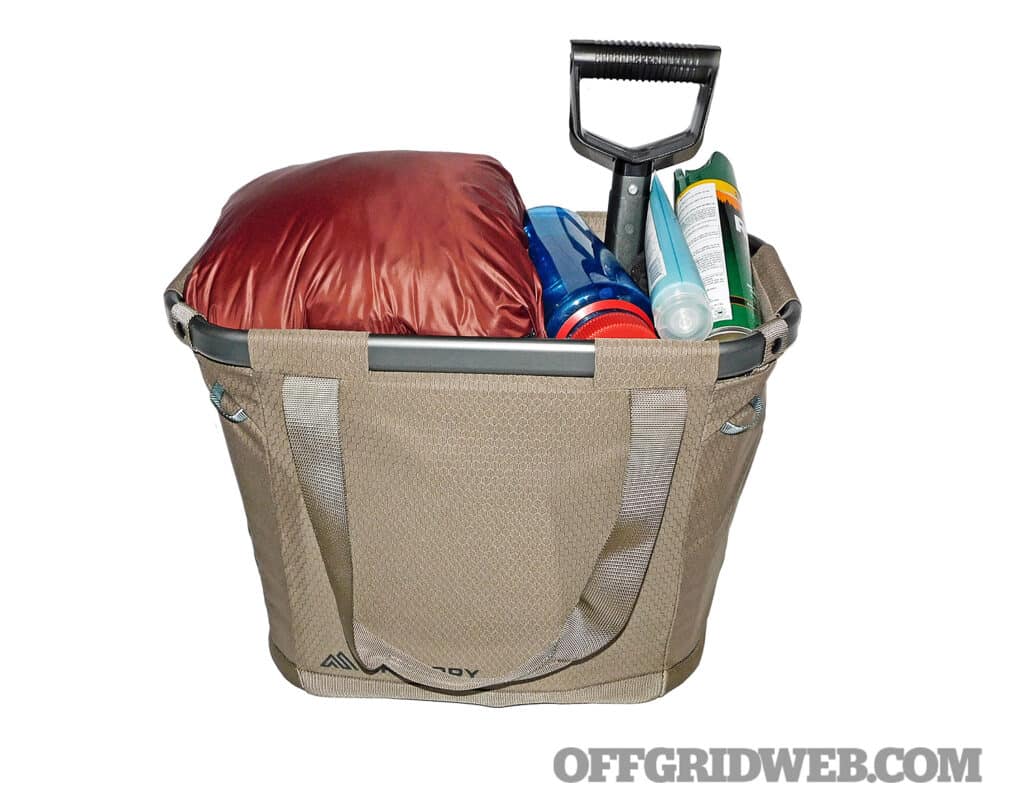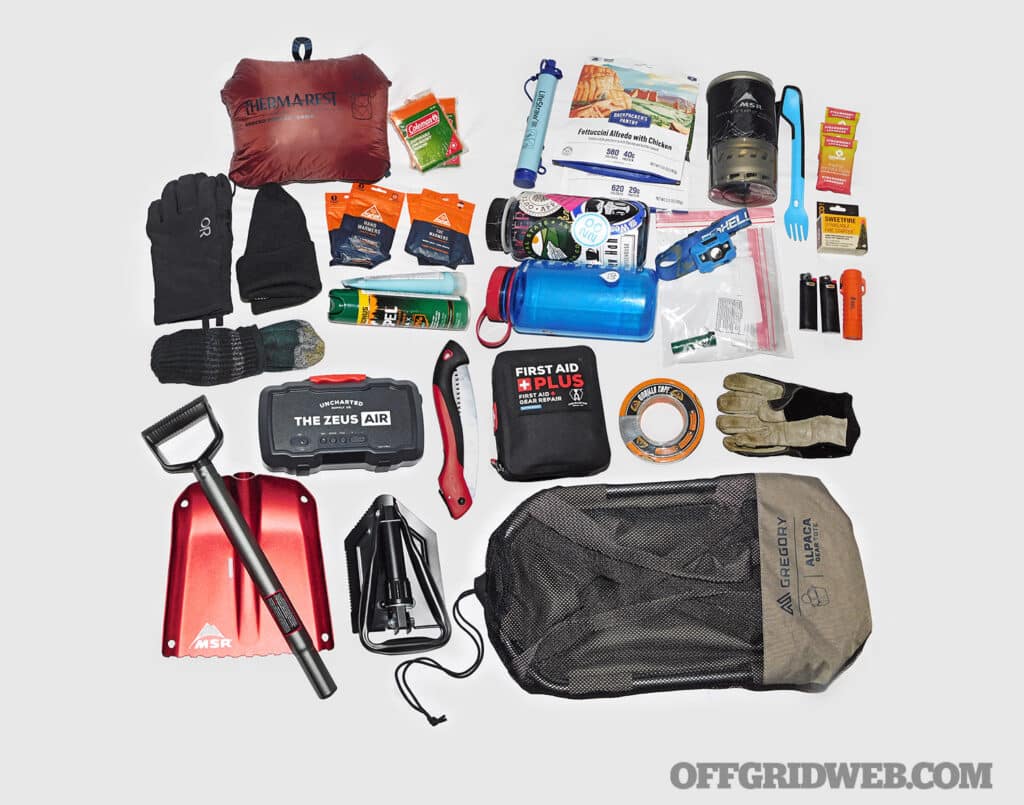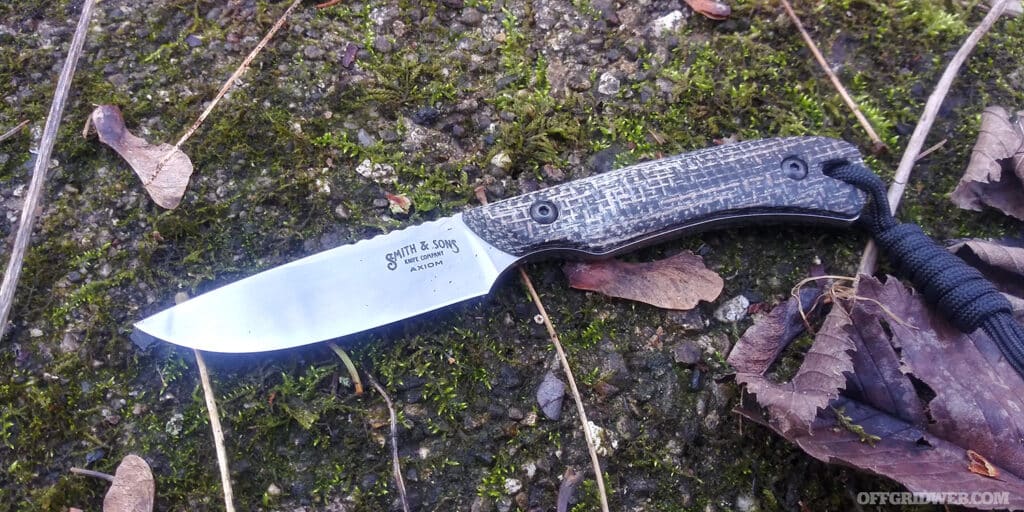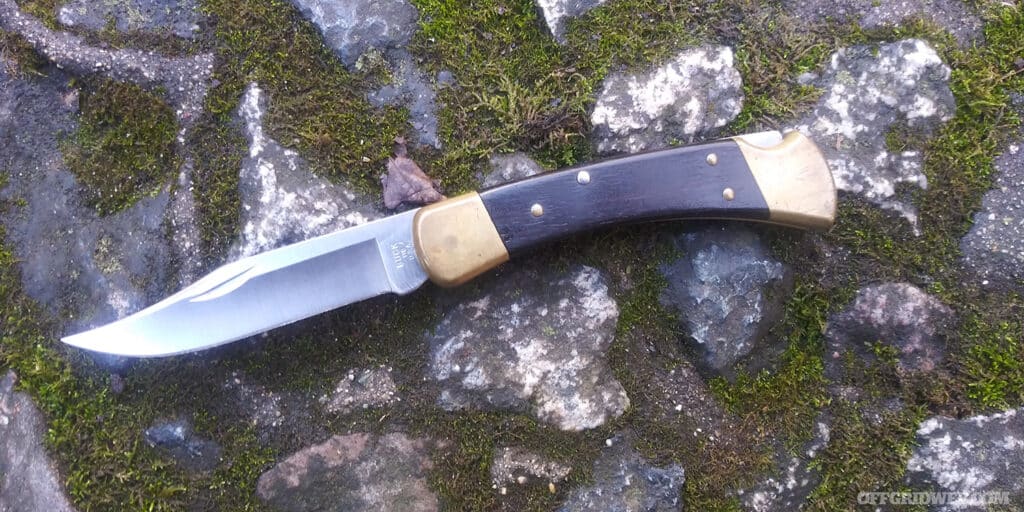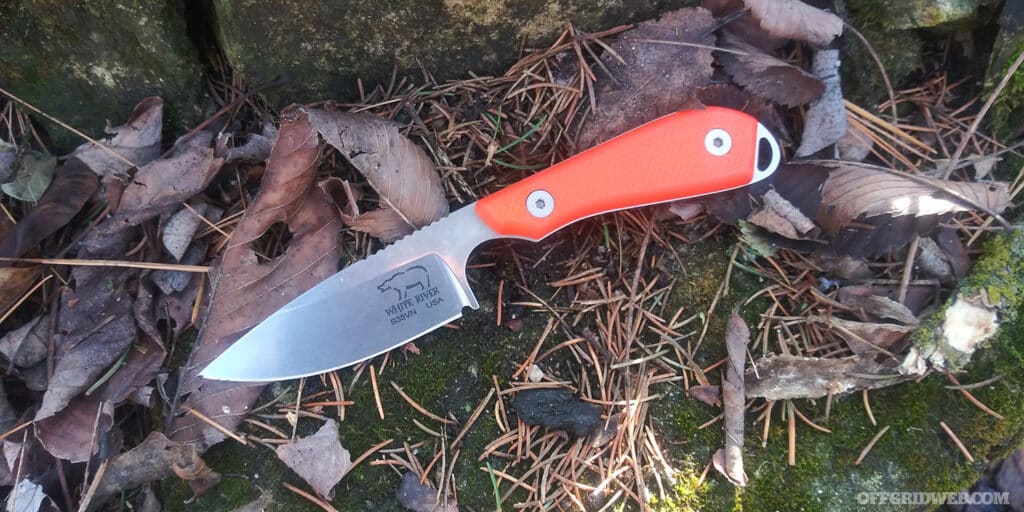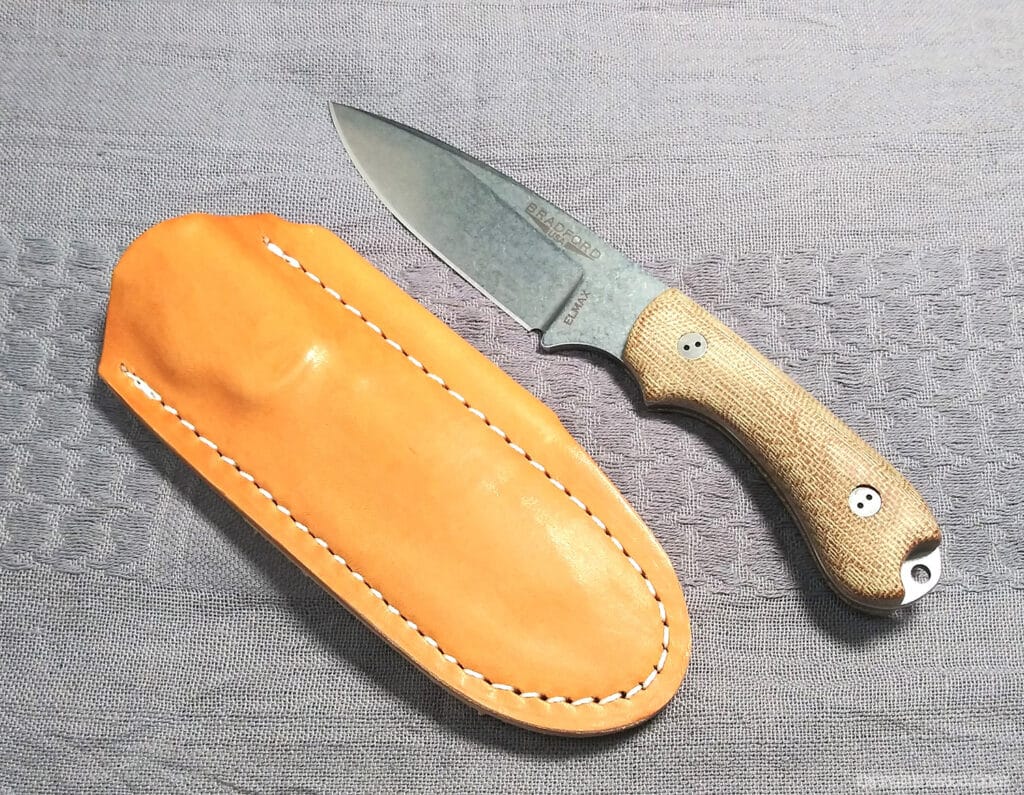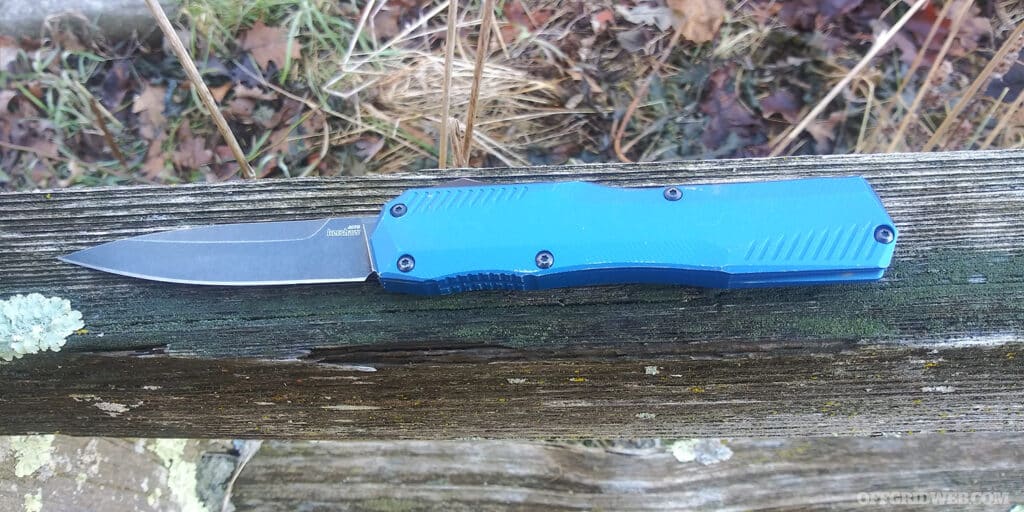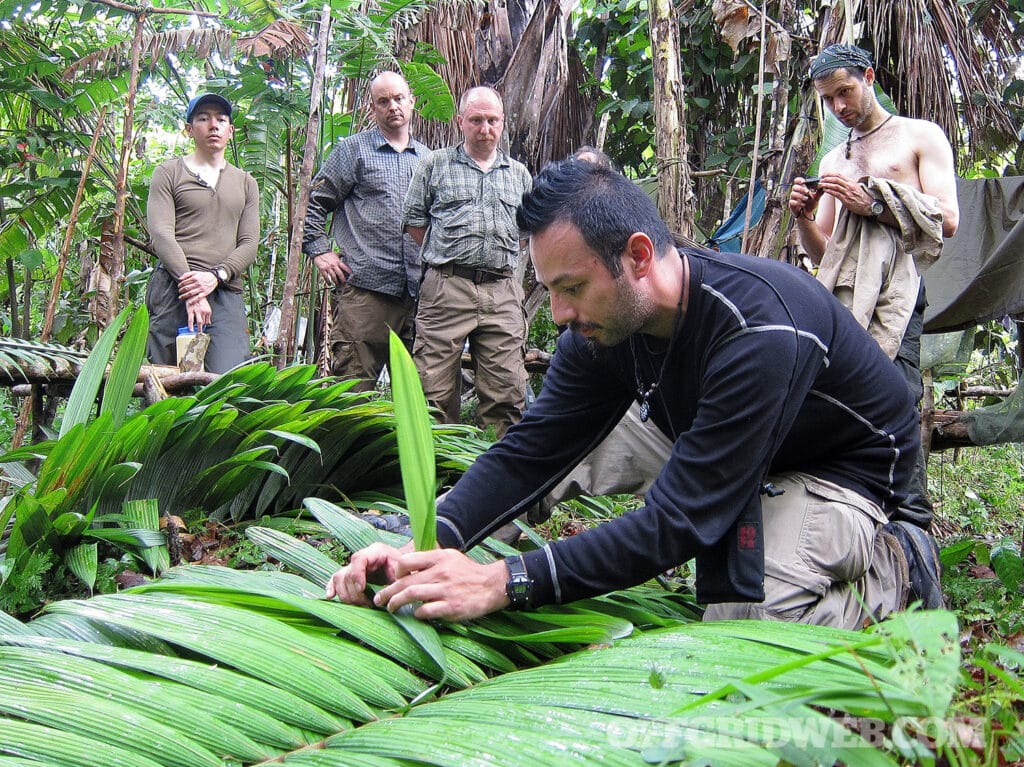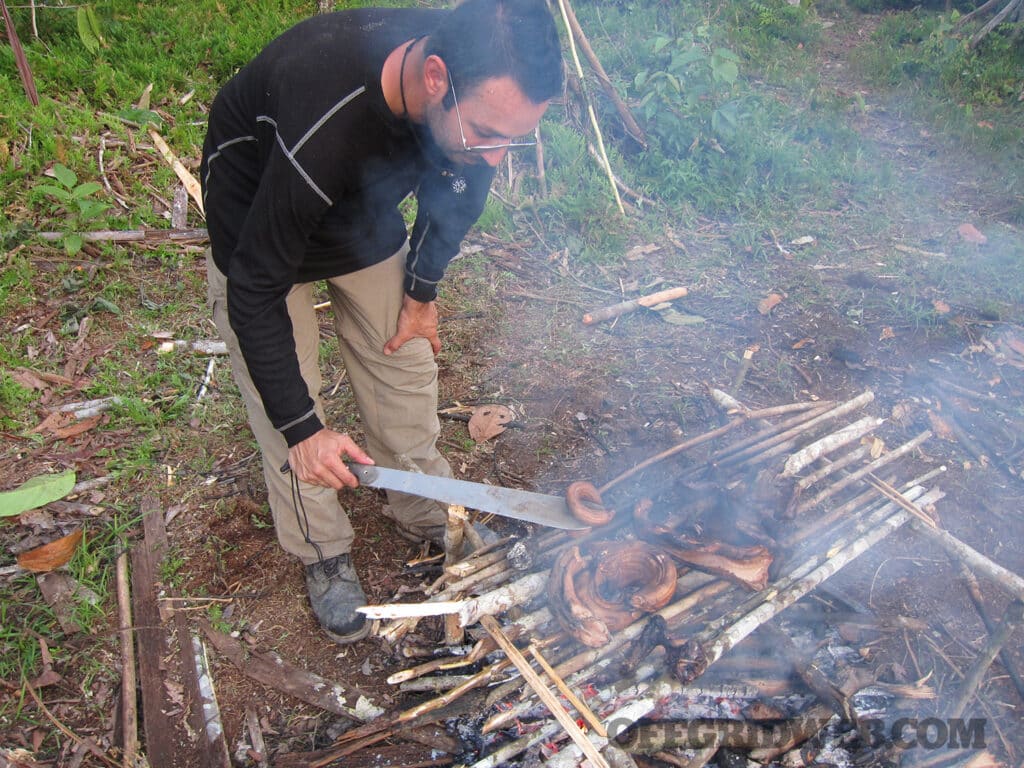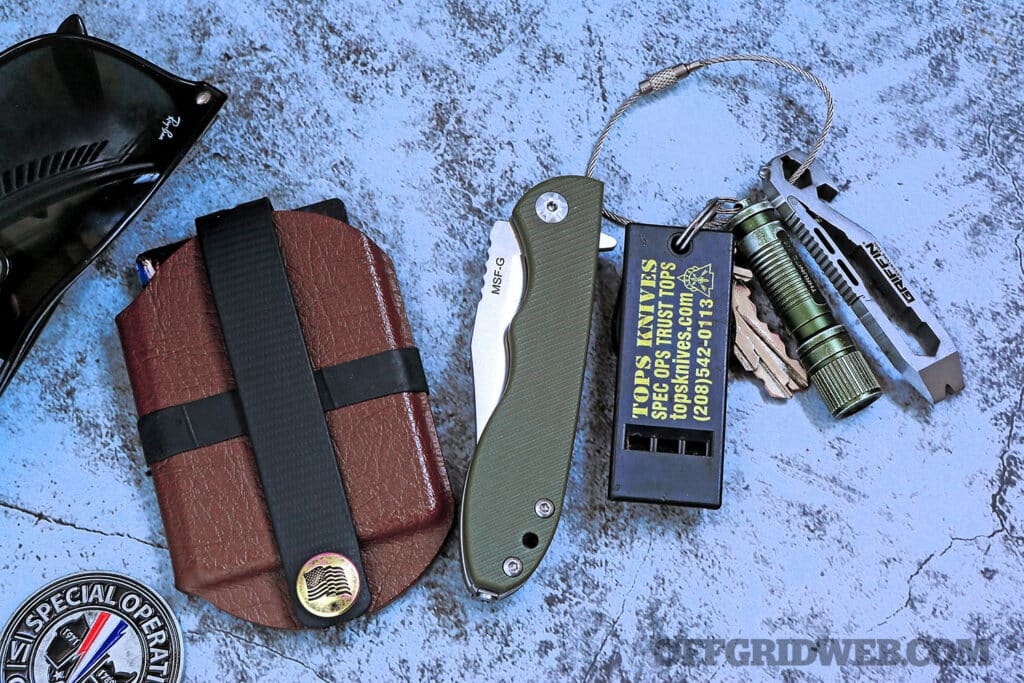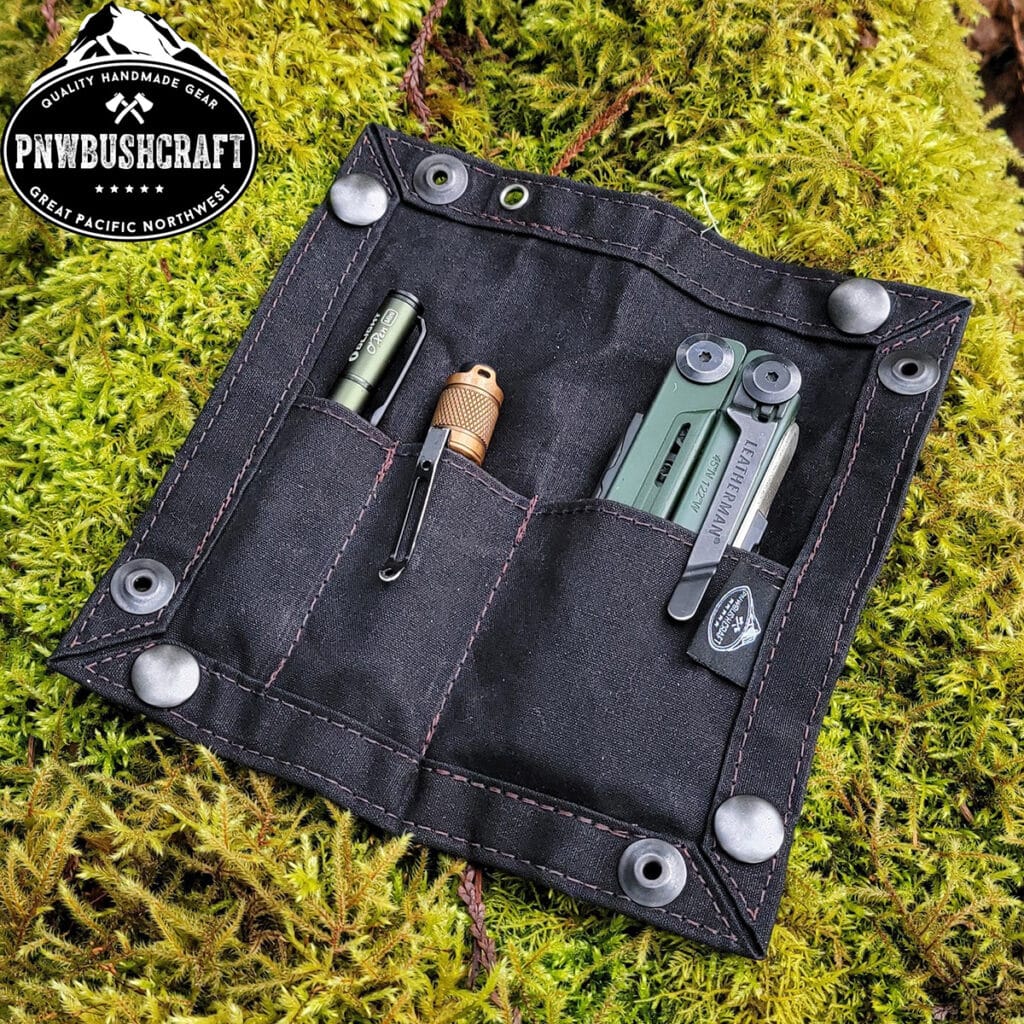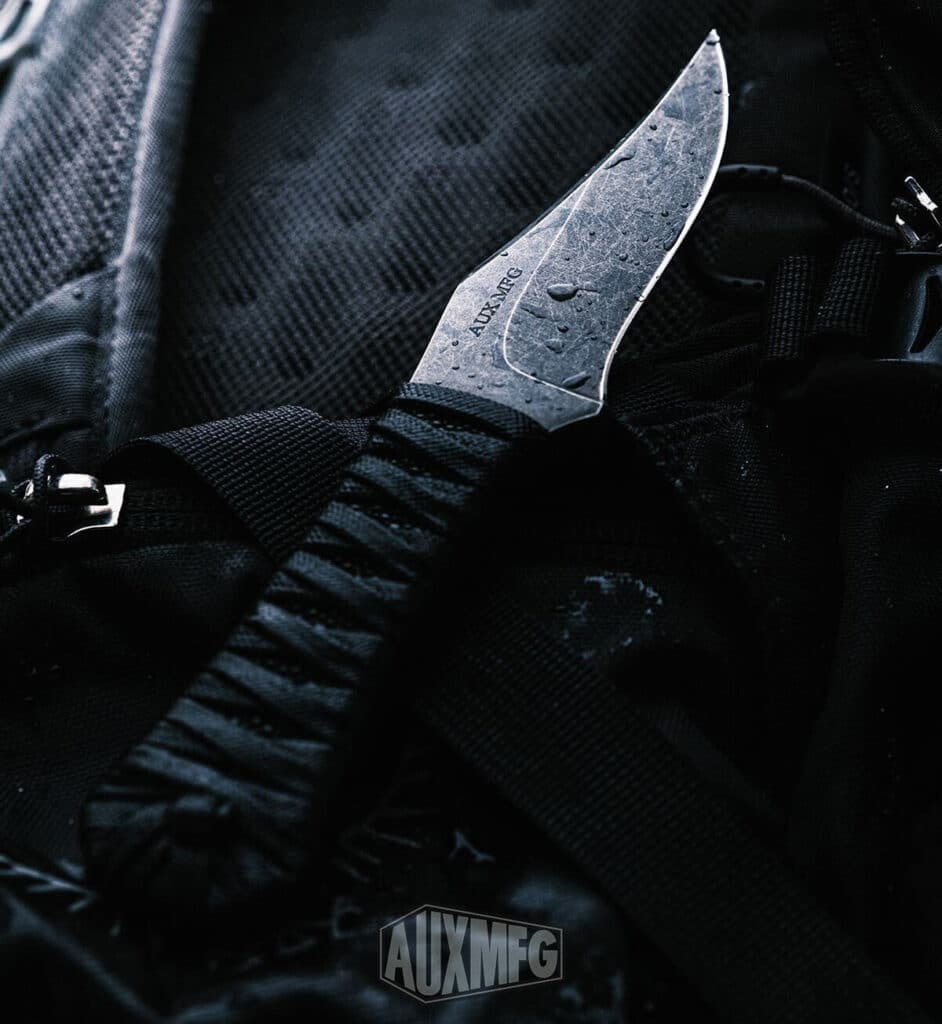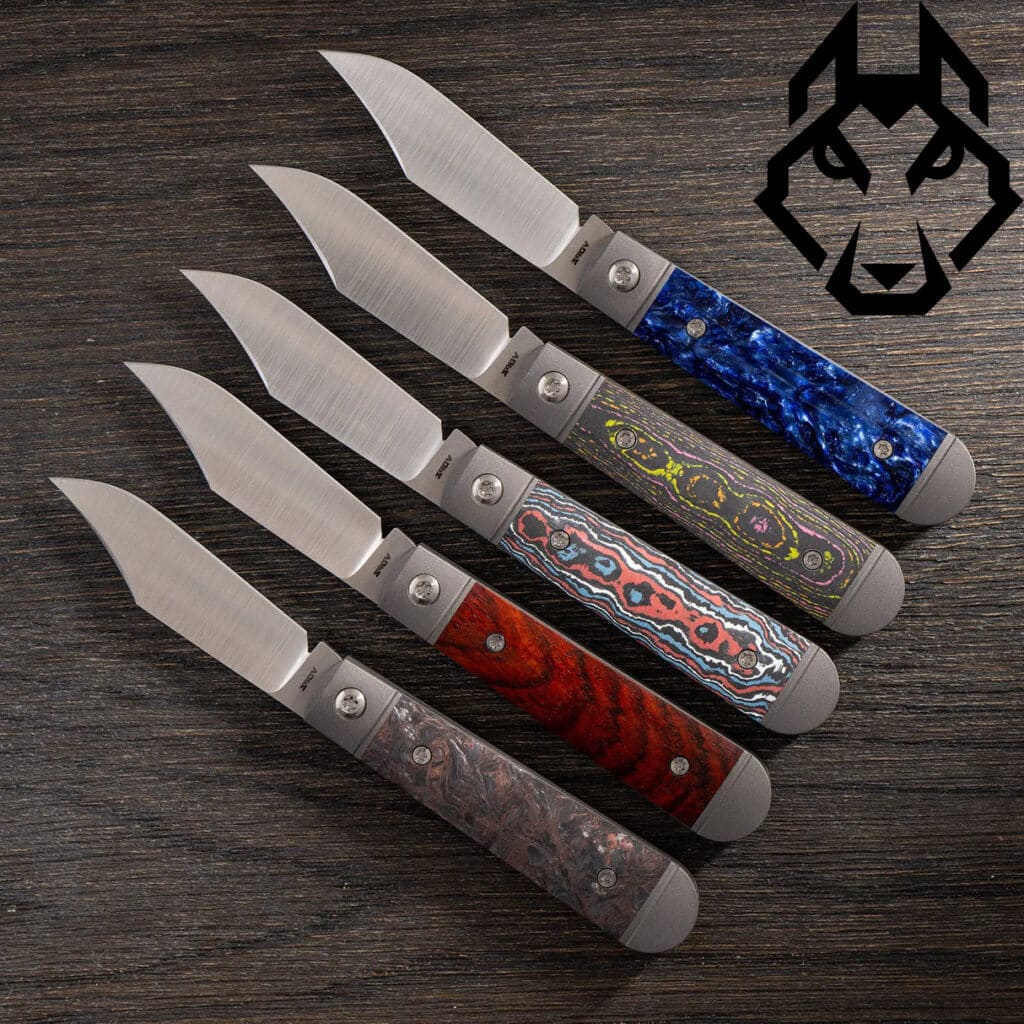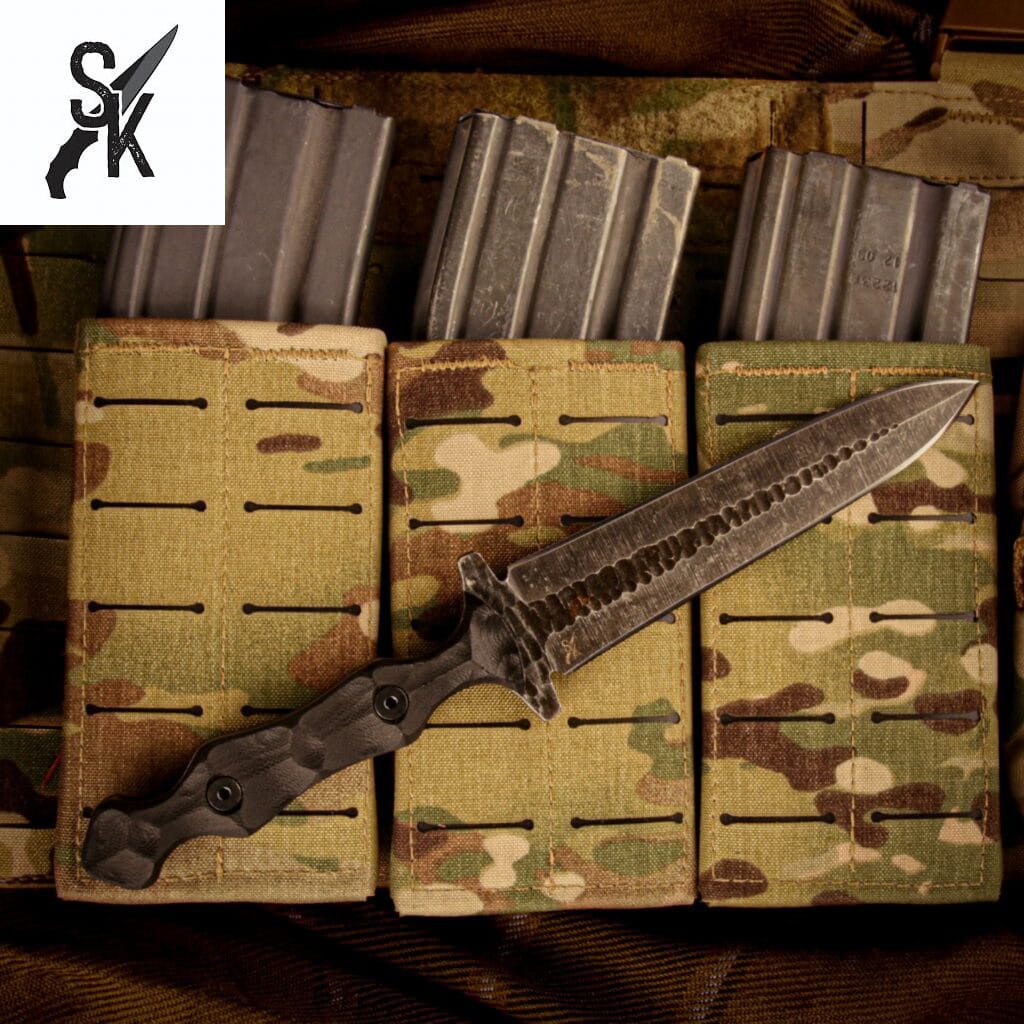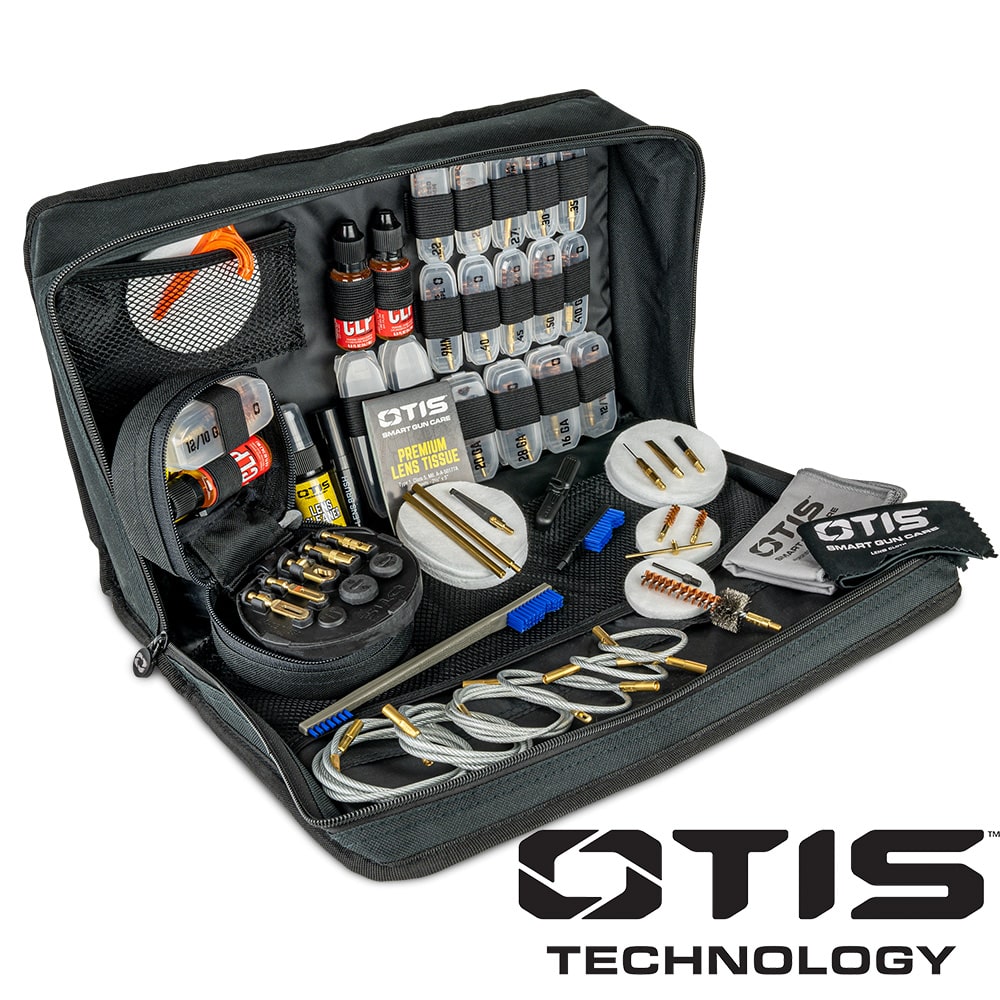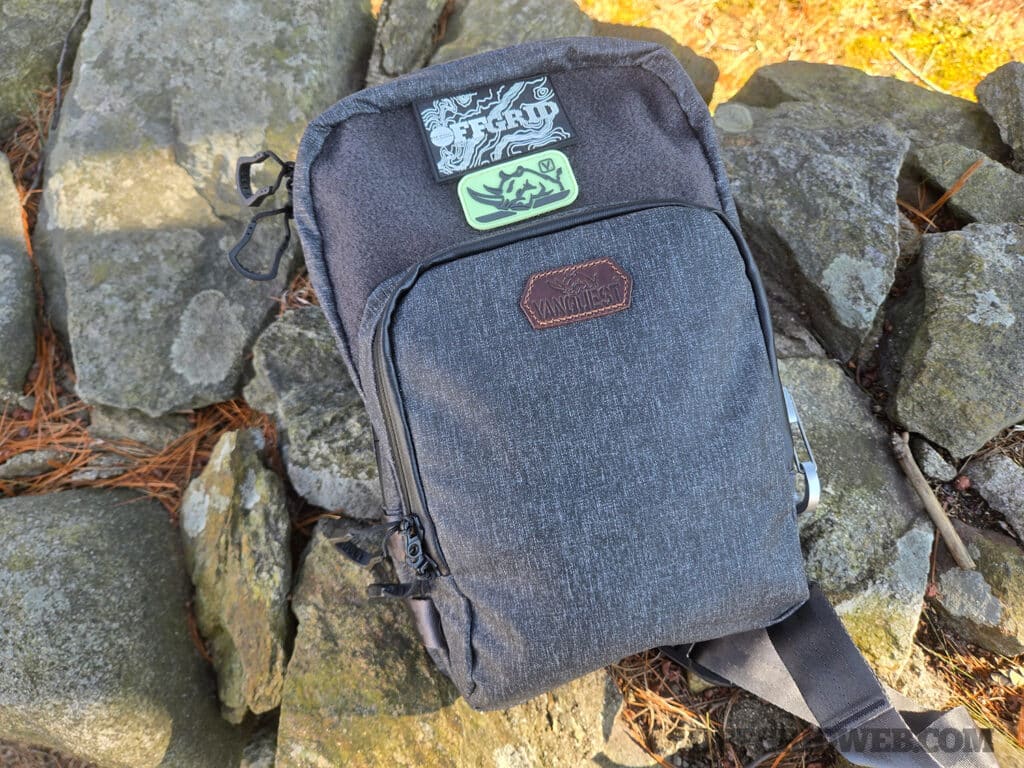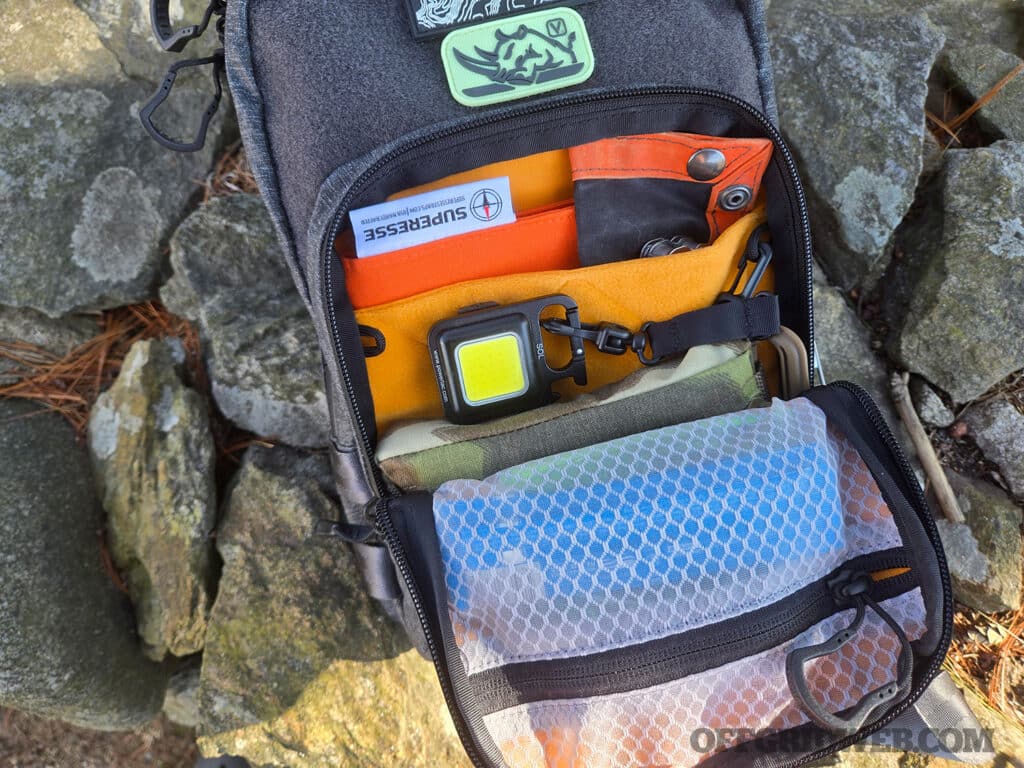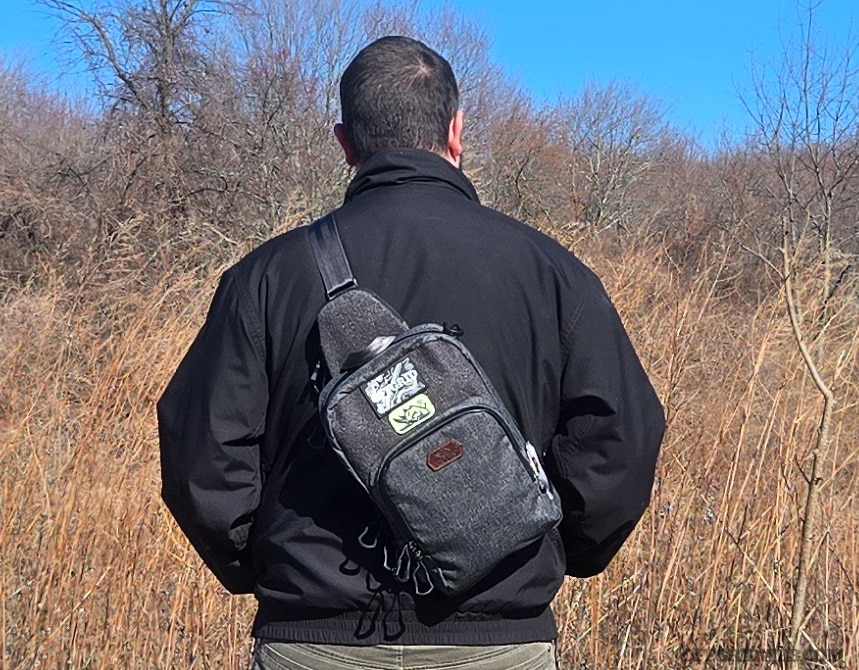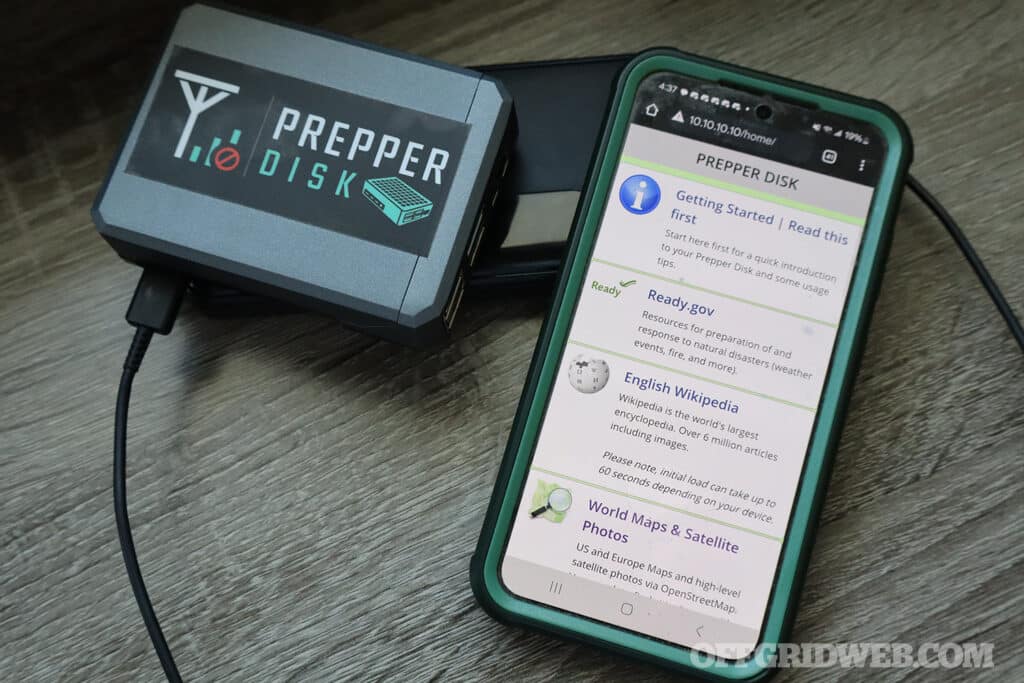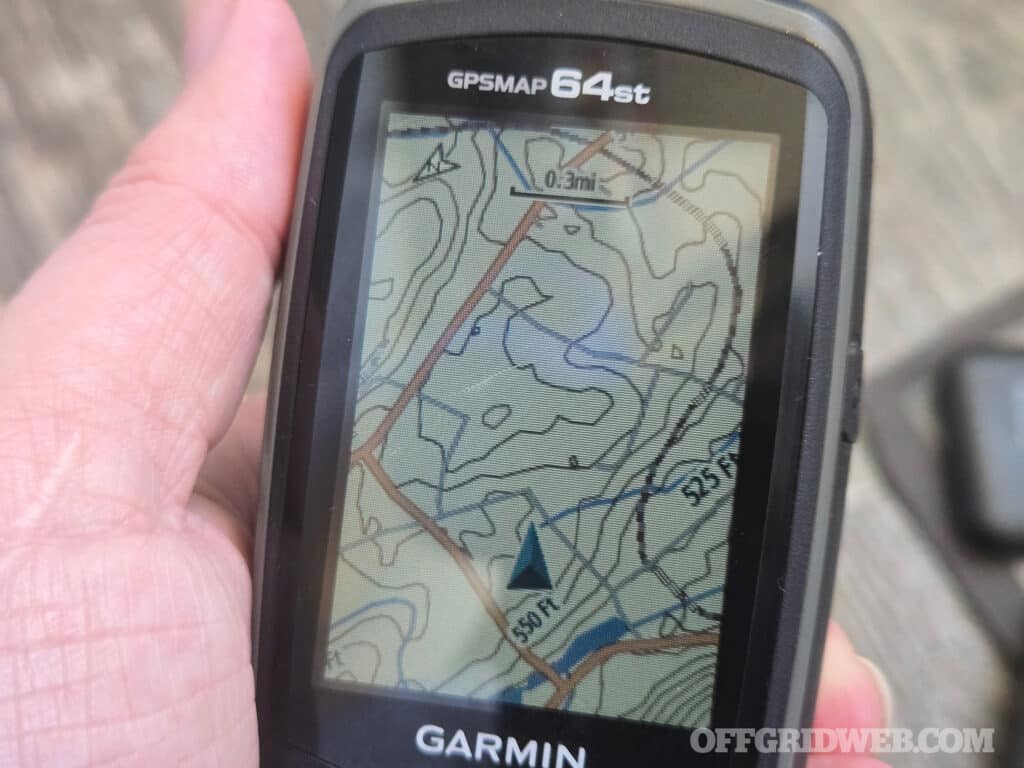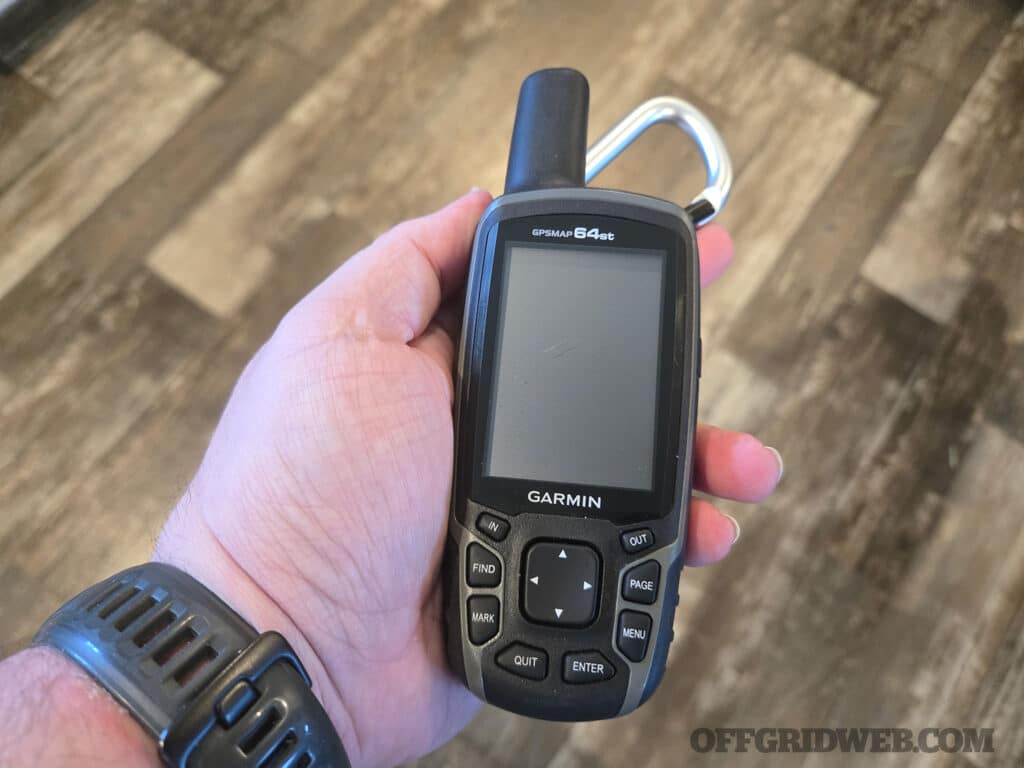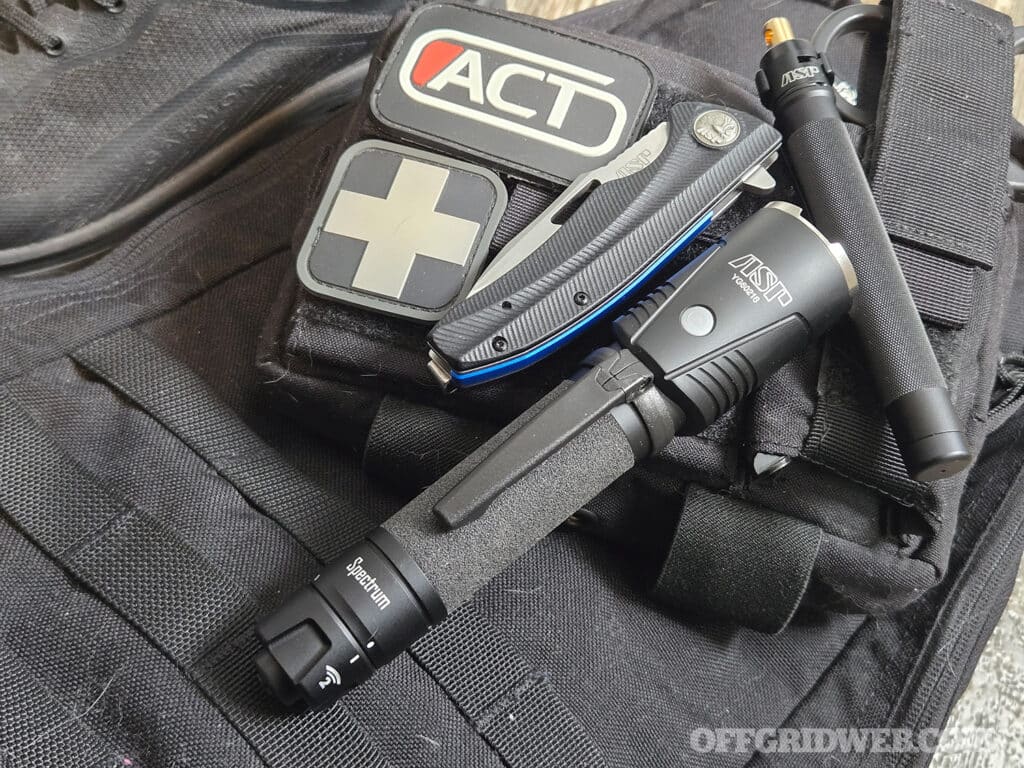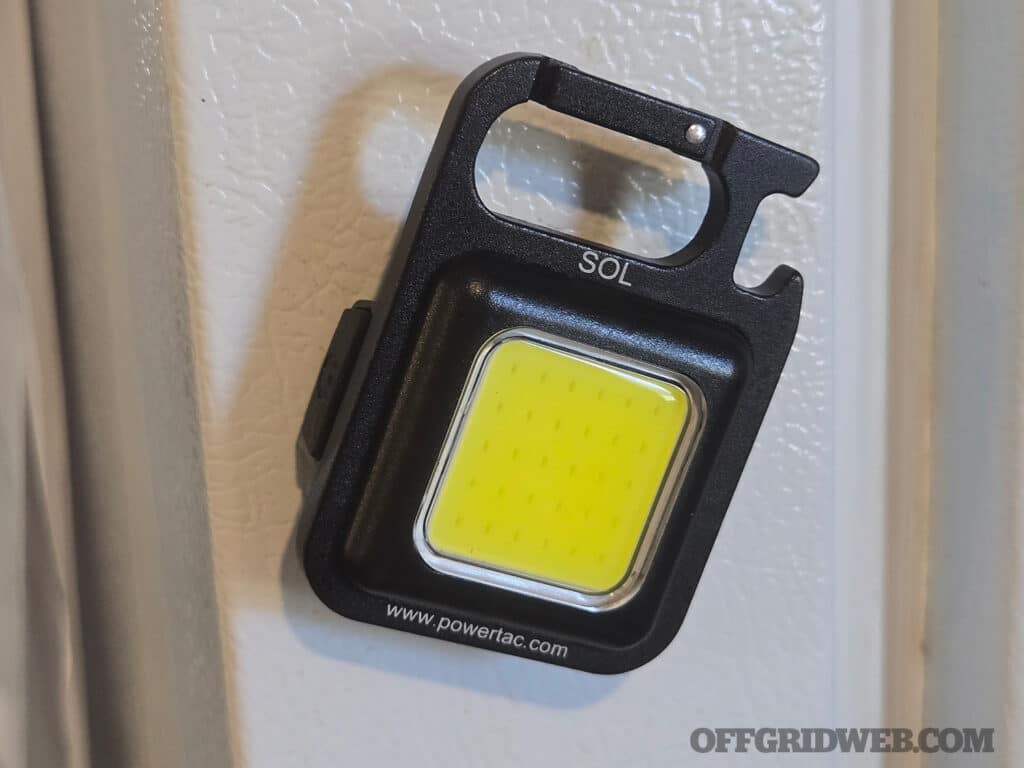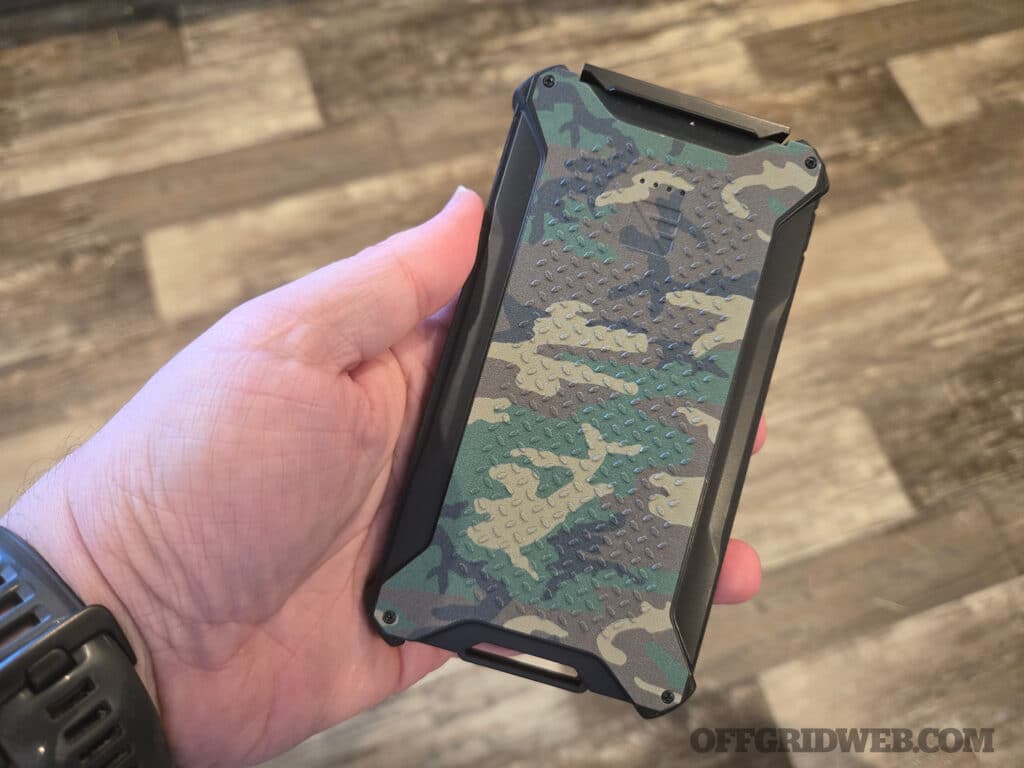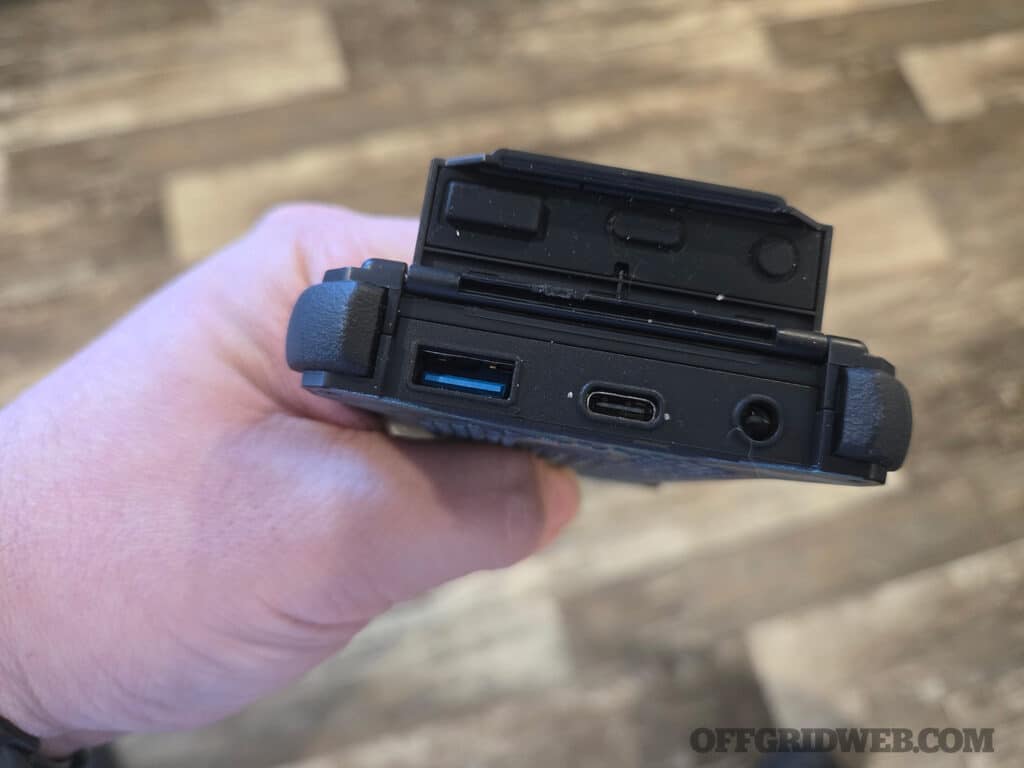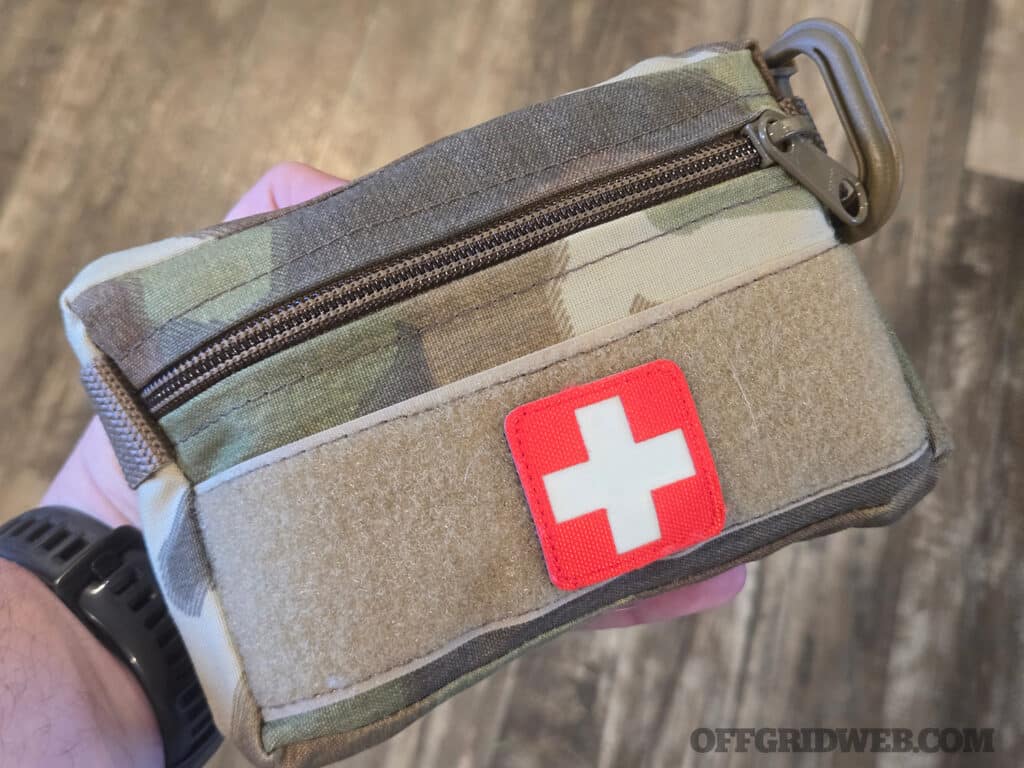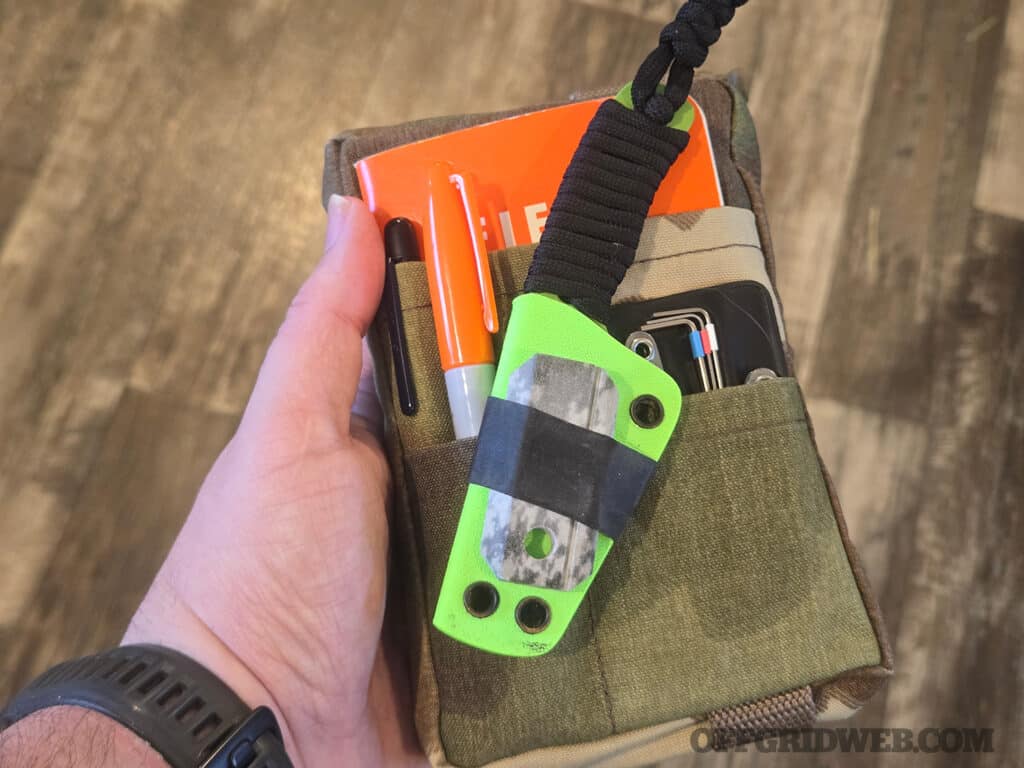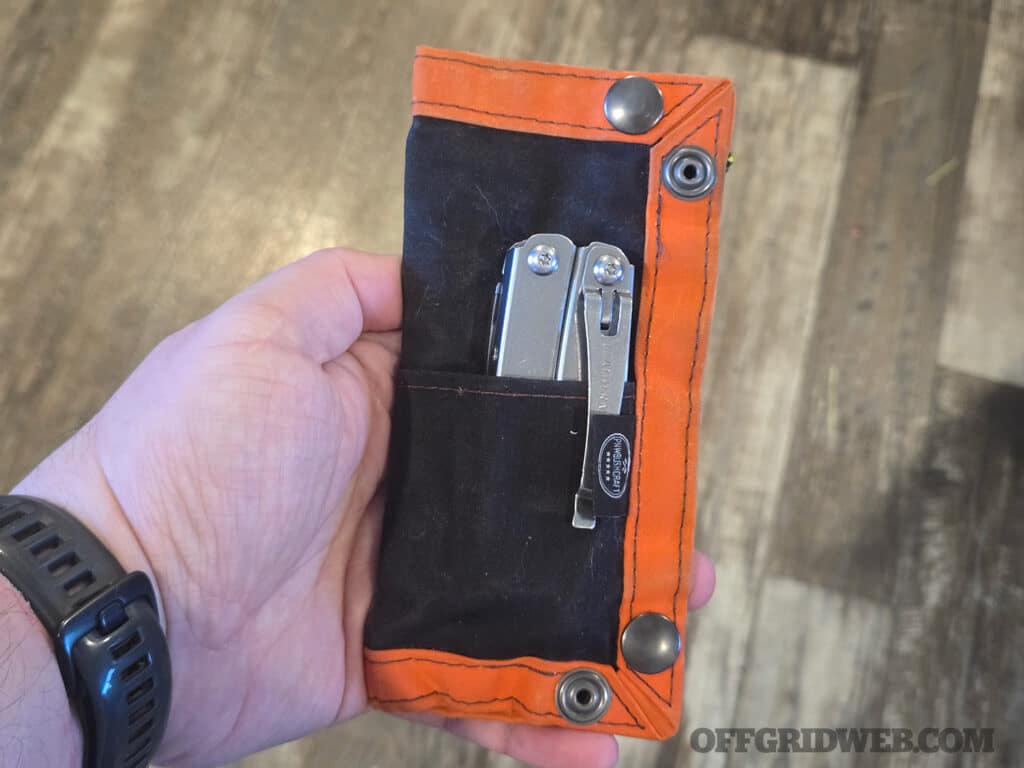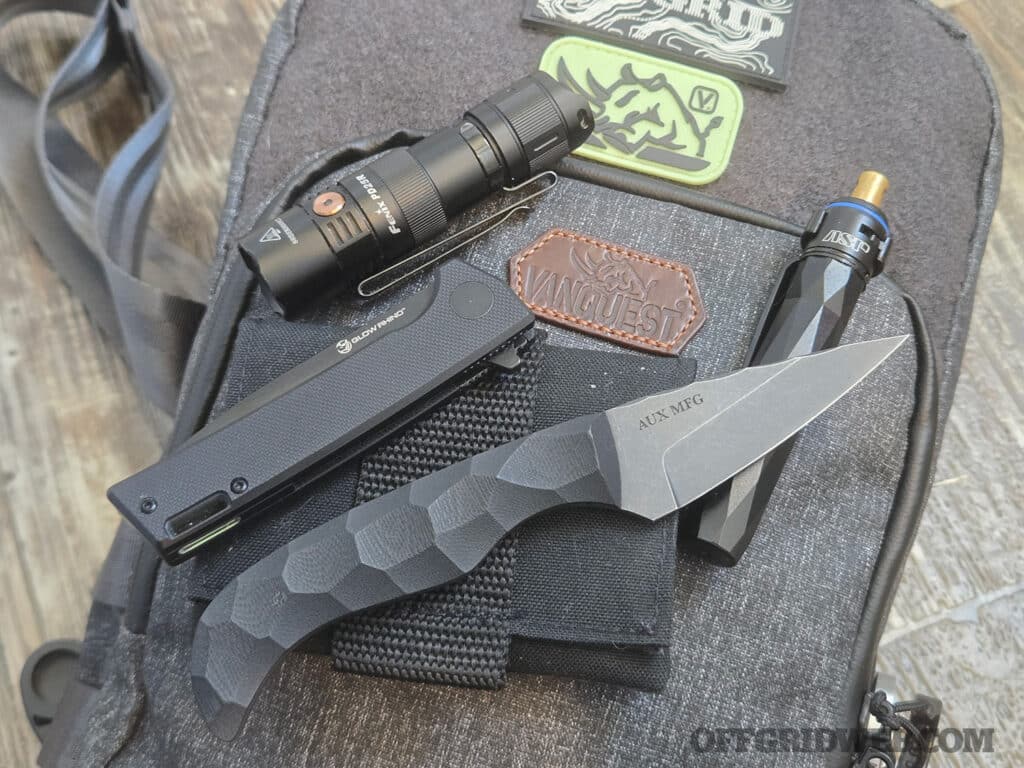In This Article
Over the years, the term prepping has earned a somewhat controversial reputation, not just among the general public but even within the preparedness community. This is largely due to how news and popular media often depict preppers — as paranoid hoarders gearing up for a fictional, postapocalyptic world straight out of dystopian cinema and literature. Regardless of how you feel about the word prepping, let’s set that aside and focus on the true value of preparedness — and the diverse individuals who embrace it.
What is Preparedness?
Preparedness is a broad concept that applies to many aspects of life, all rooted in the idea of being ready for emergencies. In its simplest form, it encompasses everyday actions: a motorist carrying jumper cables for a breakdown or a parent keeping a first aid kit for minor injuries. While these are clear examples of preparedness, most people who take these precautions wouldn’t consider themselves preppers.
On a larger scale, an outdoor enthusiast prepares with the skills and gear needed to handle injuries or unexpected delays in the wild.
Those living in harsh weather zones — prone to blizzards or hurricanes — stock up on supplies to endure extended power outages and keep emergency kits for navigating their home should the lights go dark. Yet, like the previous examples, most wouldn’t label themselves as preppers.
Even if they don’t identify as preppers, many people engage in some form of emergency planning as part of their daily lives — and that’s exactly what preparedness is. Stripped of media hype, being a prepper simply means being ready for potential emergencies.
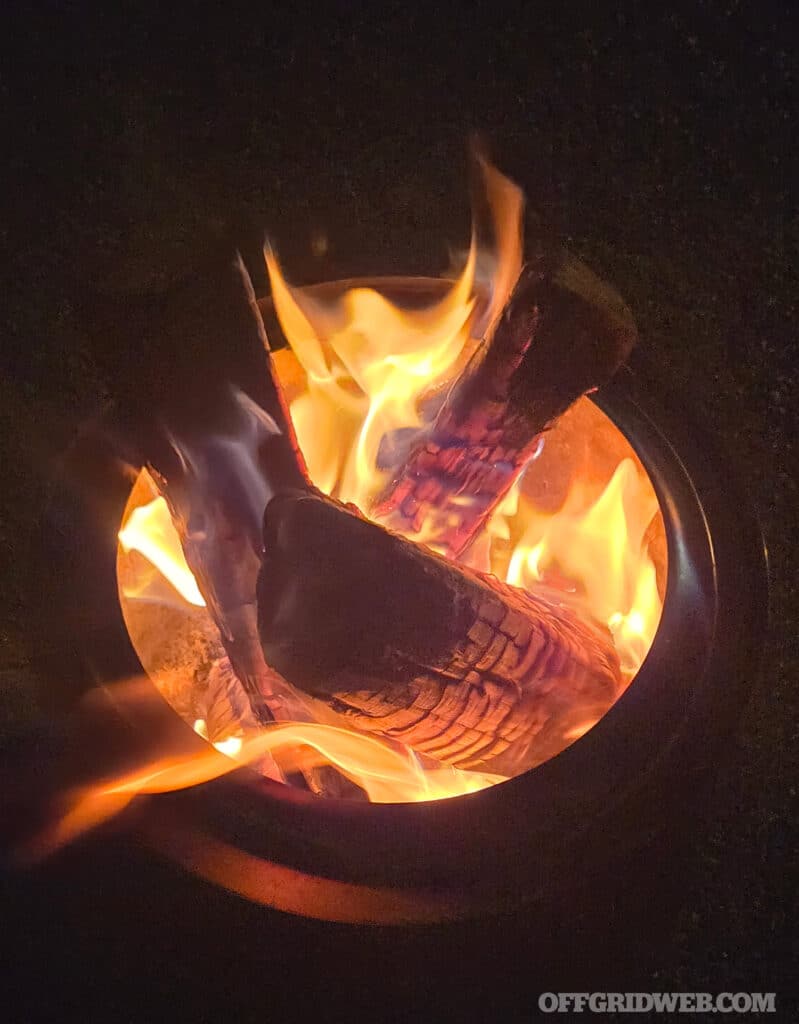
Your backyard firepit may be a comfort item, but in an emergency the addition of a grill top can allow for cooking.
How Prepared Do I Need to Be?
Unfortunately, there’s no one-size-fits-all answer to this question. Preparedness depends on individual factors like household size, location, and potential hazards unique to your situation. For newcomers — or even those who have only planned for minor emergencies — this process can quickly become overwhelming. It’s easy to start with highly likely scenarios, only to find your mind spiraling into an endless list of possibilities, from realistic threats to highly improbable situations.
For many, this flood of potential threats can lead to analysis paralysis, the overwhelming feeling that if you can’t prepare for everything, why bother preparing at all? Even those who move past this doubt often struggle with where to begin, leading to inaction. Despite recognizing the value of preparedness and self-reliance, the idea never gains traction, leaving them, and potentially their loved ones, vulnerable when disaster strikes.
Preparedness is a lifelong journey, not something you can achieve overnight. Even with unlimited resources to buy the best gear, developing the right skills, mindset, and physical conditioning takes time and effort. Let’s explore some key prepping fundamentals that beginners can start working on today. These aren’t just for newcomers, even those who consider themselves well-prepared often have gaps in their skillset that could use improvement.
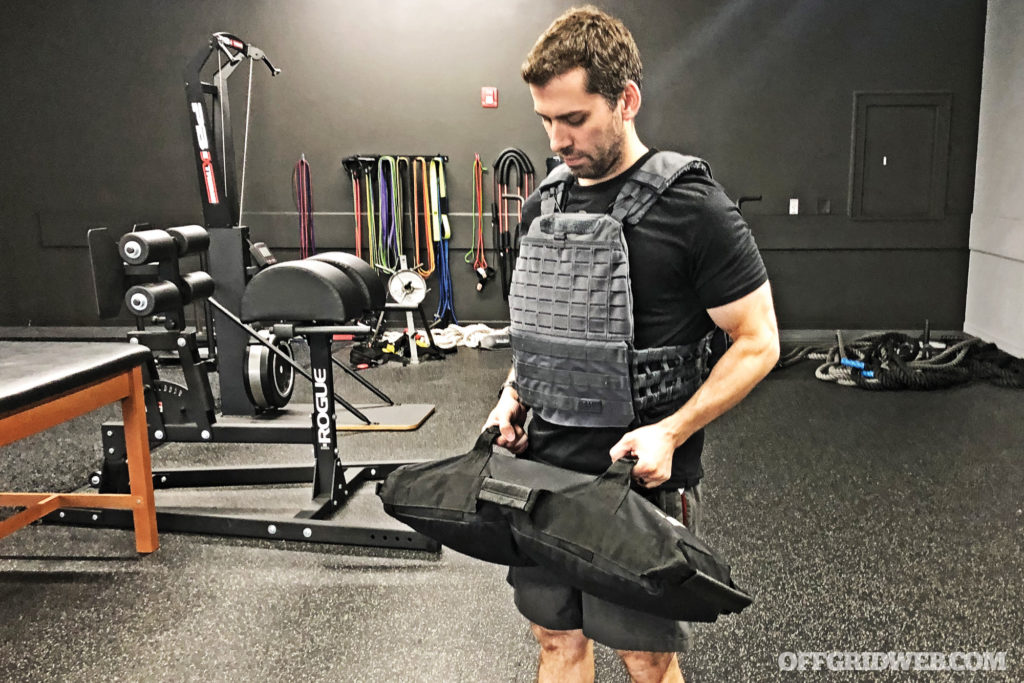
Maintaining baseline physical fitness will make any emergency situation easier to handle
Physical Fitness
We begin here because physical fitness is one of the most critical-yet-overlooked aspects of preparedness. Basic strength, endurance, and conditioning aren’t just important for overall health, they can be the difference between success and failure in an emergency. While most situations won’t demand elite athleticism, the ability to travel long distances on foot, lift and carry heavy loads, and scale obstacles like fences, walls, and rough terrain can be essential for survival.
While many imagine unlikely, worst-case scenarios, like trekking across a postapocalyptic wasteland, scaling barbed wire, and dodging raiders — physical fitness isn’t just for extreme survival fantasies. In reality, far more common emergencies can put your strength and endurance to the test, where even basic fitness can make all the difference.
While driving, we may experience a car breakdown. If you’re in an area with cell service that may be a small inconvenience, but in a more remote area you may need to walk for miles to get service or find help. While most people don’t think much of it, without physical endurance, covering 5 to 10 miles on foot can be difficult if not impossible.
Another more likely scenario could occur while hiking with your child or partner, they trip and break their ankle. They’re unable to walk, and you’re at least a few miles away from your vehicle. Do you have the physical strength to pick them up and carry them over the necessary distance?
Developing physical conditioning is something that most of us are capable of, comes at no monetary cost, and only requires time and effort. Simple exercises like walking jogging, and body weight strength training if done regularly will already provide you with a better baseline physical than a majority of the public and leave you better prepared for an emergency.
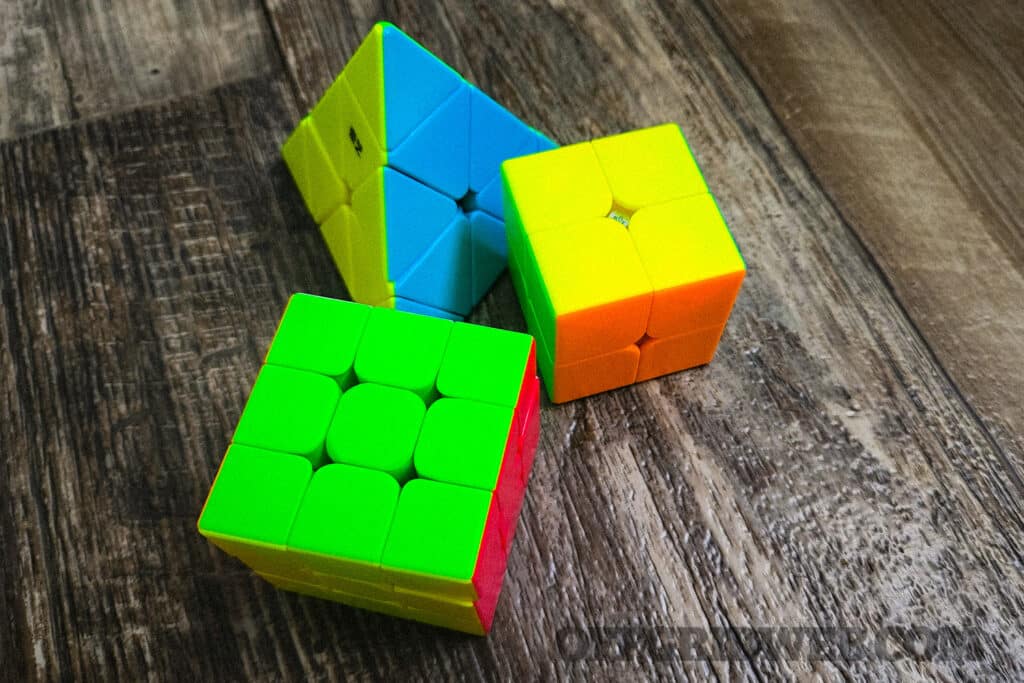
Developing critical thinking and problem-solving skills is enhanced by playing challenging puzzle games
Mindset
Mindset is another crucial yet often overlooked aspect of preparedness. Strength, skills, and gear mean little if you can’t stay calm and focused in an emergency. Like physical fitness, mindset varies from person to person, shaped by life experiences — some beneficial, others detrimental. But just like muscles, mental resilience can be trained and strengthened through practice and discipline.
There is a misconception that our mental strengths and weaknesses are simply a roll of the genetic dice. While we may not be able to change our brain’s raw ability to process information, with the right conditioning we can have our minds running at peak performance. Let’s look at some of the ways that we can do this on a regular basis.
Physical Fitness: We already know having basic physical fitness can help our body overcome challenges, it also has an impact on our brain function. In general, having a healthy body contributes to a more highly functioning brain.
Diet: Like any other organ, our brain, requires fuel. Maintaining a healthy diet contributes to the health and functionality of our brain.
Stimulating Activities: Just like muscles, the brain performs best with regular exercise. Activities like reading, solving puzzles, playing strategy games (including video games), and engaging in sports all help sharpen problem-solving skills and improve cognitive function under pressure.
Skills Training: Regularly training new skills keeps the brain sharp and more adaptable, making it easier to absorb and retain information. While learning naturally slows with age, an active mind remains far more effective than one left idle. Practicing skills in realistic settings builds confidence and reinforces quick, decisive action in actual emergencies.
Stress Management: Effectively managing daily stress strengthens our ability to stay composed in high-pressure situations. If we struggle to handle everyday challenges calmly and logically, we’ll likely struggle even more in an emergency. Developing consistent sleep patterns, staying physically active, and practicing simple breathing techniques can significantly improve stress management and overall resilience.
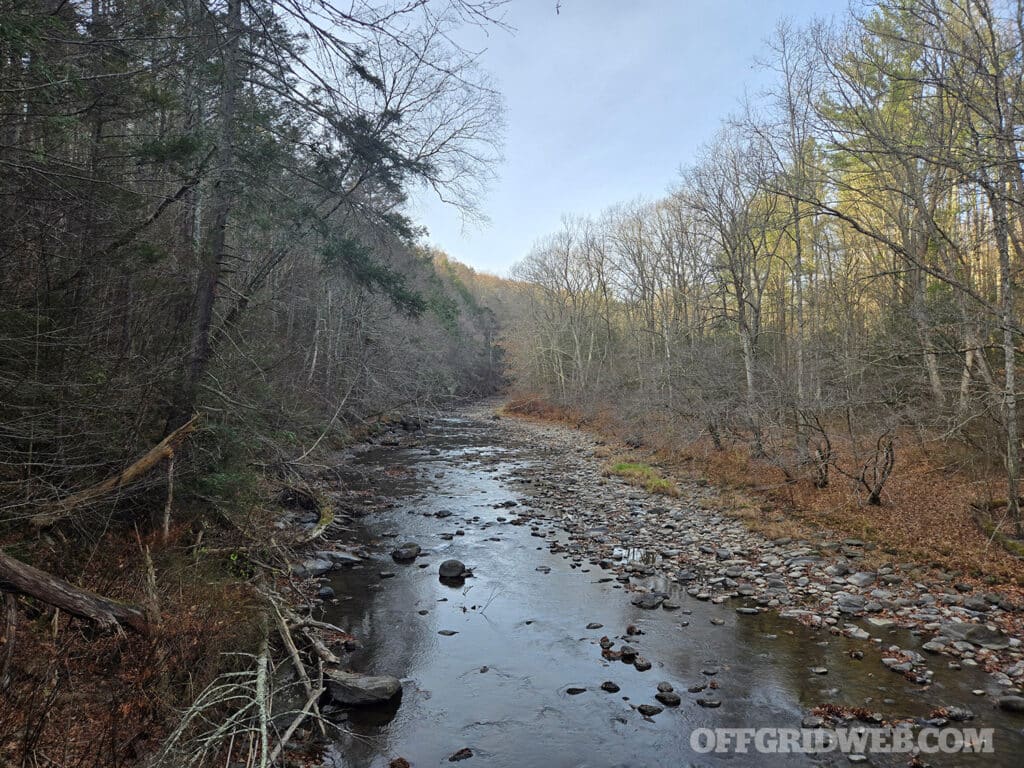
Understanding your local environment can give you clues as to where resources can be found and provide foreknowledge of potential hazards.
Evaluating Your Location
While some emergencies — like infrastructure failures and injuries — are universal, how they unfold and are managed can vary drastically by location. Certain threats are environment-specific; for instance, preparing for hurricanes in the Midwest isn’t practical, but planning for tornadoes or drought is far more relevant. Urban areas are more prone to civil unrest and panic during infrastructure failures, while in rural settings, encounters with wildlife, like bears, are a more pressing concern, something you’re unlikely to face in Midtown Manhattan.
Understanding what could potentially go wrong in your area is a great place to start. Developing skills and acquiring gear for emergencies that occur where you work and live will be far more valuable than preparing to survive in locations you spend little time in. While there is value in developing skills for different environments, that should be done down the road. Instead, try something much more basic, and less overwhelming:
Identify Potential Catalysts: These are things that can lead to an emergency. These can include natural events such as weather or human activity like crime and civil unrest.
Identify Potential Resources: This can include sources of food, water, and fuel as well as helpful people, medical resources, etc.
Identify Potential Safe Places: If you can’t get back home, have an idea of locations that may be safe to shelter temporarily.
Identify Potential Hazards: Identify the challenges that may arise in an emergency but aren’t typically a concern in daily life. Human-caused obstacles can include impassable roads, gridlocked traffic, panicked crowds, and opportunists looking to exploit the situation. Natural hazards may range from flooded waterways, rockslides, and extreme weather to encounters with wild animals and other environmental threats.
Identify Potential Egress Routes: In the event an emergency requires you leave the area, it’s good to know multiple routes of getting out. Natural events can make certain paths inaccessible, and in highly populated areas, common routes may be congested with many people trying to leave. It’s also best to leave the area before panic among the population sets in.
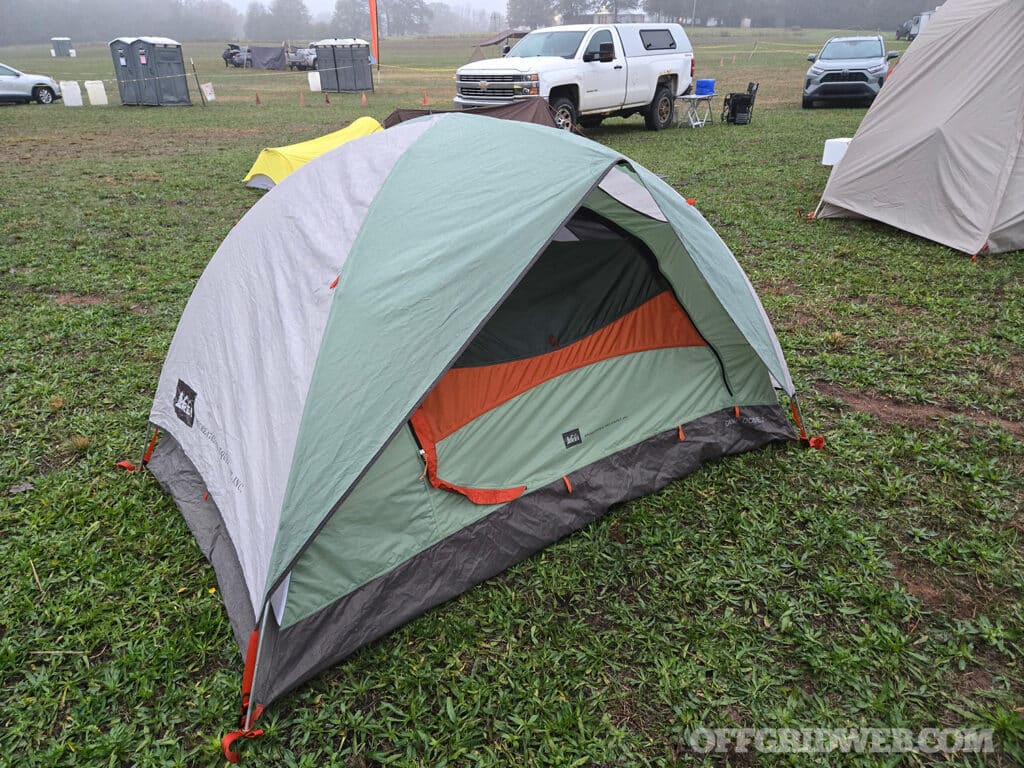
Small, compact tents can be stored in larger packs or on the outside of smaller packs, providing a quick and easy shelter while on the move.
Have a Plan
You’ve probably heard the phrase, “Failing to plan is planning to fail.” When it comes to preparedness, this couldn’t be truer. Having a solid plan for common emergencies is essential to ensuring the safety of you and your loved ones. In a perfect world, emergencies would only occur when everyone is together, but reality often dictates otherwise.
A basic emergency plan should include designated meeting places, clear instructions for children if they get separated, and specific actions household members should take if evacuation becomes necessary. A well-prepared plan can make all the difference when seconds count.
Some basic plans can include but aren’t limited to:
• Getting out of the home safely in the event of a fire
• What a child should do if they are lost (this should
also include details of what other family members
should do)
• Having a plan in place to evacuate your home and
immediate area (bugging out)
• Having a plan to shelter in place (bugging in)
Equipment, Tools, and Resources
The placement of this topic further down the list is intentional. While gear is often the focus in media, it’s actually the least important aspect of preparedness. Yes, tools can be lifesaving in an emergency, but without the skills, physical ability, and mindset to use them effectively, they’re nothing more than dead weight.
For those with experience or survival training, the phrase “skills over gear” likely comes to mind — and for good reason. The right tools help, but knowledge and capability will always be the most valuable assets in a crisis.
This isn’t to downplay the importance of high-quality, reliable gear — far from it. As mentioned earlier, the equipment you choose should be relevant to your environment and specific needs. This is a broad topic with countless variables, but we’ll cover the essentials to help newcomers build a solid foundation.
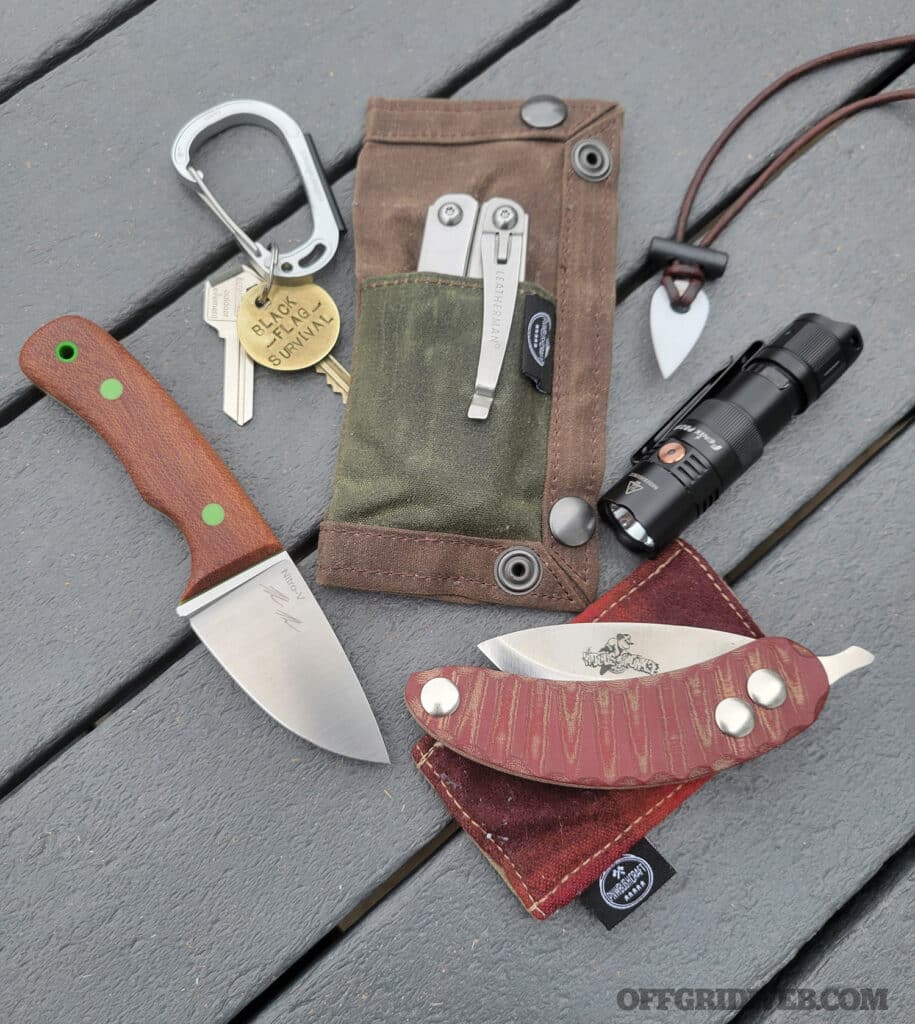
Instead of looking at EDC from a collector or enthusiast standpoint, having a functional EDC kit is essential for the prepared person.
Everyday Carry
Everyday carry (EDC) refers to the essential gear we carry daily, typically on our person or in a small bag. While the concept originally centered around self-defense and utility tools, it has also grown into a passionate community of gear enthusiasts who collect pocket tools and accessories.
When we talk about EDC in a preparedness context, we focus on practical, reliable gear that helps keep us safe and assists with daily tasks. What each person carries will depend on factors like environment, local laws, job requirements, and potential challenges, but there are a few essential EDC items that everyone should consider.
These include:
• Self-defense
• Pocket utility tools
• Illumination
• Fire/combustion
• First aid
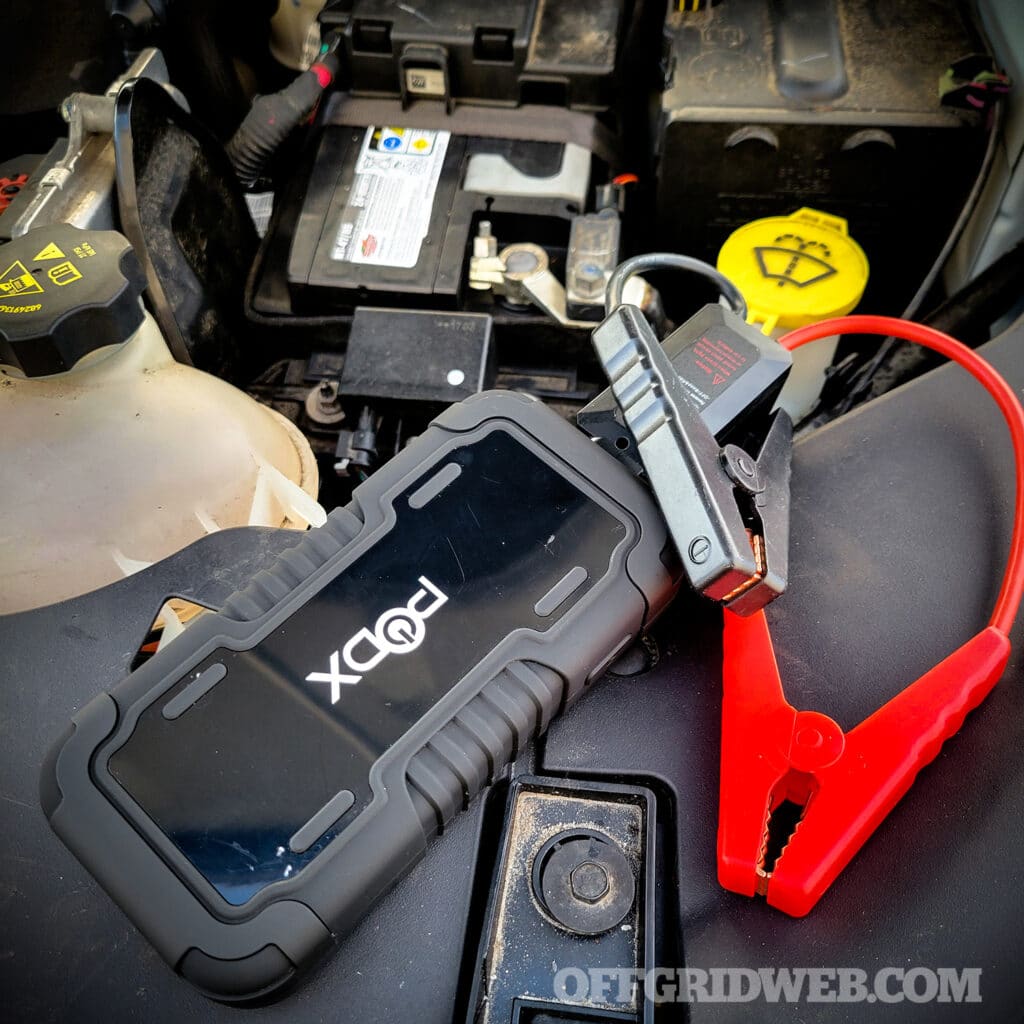
Jumper cables or a jump pack is one of the most important components of a vehicle emergency kit.
Vehicle Kits
If you have a vehicle, you should have a kit on hand to handle basic maintenance and repair of your vehicle in the case of a breakdown. This can help avoid lengthy waiting times for help or the need to walk long distances. Some items to have in your vehicle kit are:
• Jack and tire iron
• Tire repair kit
• Spare tire
• Jumper cables
• Road flares or reflective signs
• Simple hand tools
Along with basic vehicle maintenance essentials, it’s crucial to keep seasonally appropriate gear like blankets and spare clothing on hand. Additionally, carrying extra water, nonperishable food, and a well-stocked first aid kit can make a significant difference in an emergency.
Equally important is maintaining a near-full tank of gas whenever possible and ensuring your vehicle’s maintenance is up to date to avoid unexpected breakdowns when you need reliability the most.

Keeping flashlights and lanterns like the Fenix LD45R and Princeton Tec Helix LI can ensure safe navigation around your home and immediate area during a blackout. Battery packs and solar generators can keep your portable lights and other electronics charged and ready for multiple days if needed.
Home Supplies
Basic home preparedness doesn’t require a bunker stocked with canned beans, but having extra supplies can make a world of difference. Natural disasters like hurricanes and winter storms can knock out power, block roads, and disrupt supply chains, making it difficult to restock essentials or rely on modern conveniences. With a little foresight and planning, you can ensure your household has everything needed to shelter in place until infrastructure is restored. Here are some essential emergency items to keep at home:
• At least one week’s supply of nonperishable and
long-shelf-life food
• One flashlight and one lantern per person
• Batteries: AA, AAA, C, D, and 9 volts
• Backup power for modern rechargeable devices,
including charged battery packs and solar generators
• Solar panel to recharge battery packs and devices
• Medical items, including first aid, over-the-counter
meds, and a good supply of any prescriptions when
possible
• Items for warmth in the winter such as blankets
• Alternative cooking methods like a propane grill,
charcoal grill, or firepit
• Home defense, if you have the appropriate training
• Emergency radio with hand crank, if possible
This is a bare-bones list. There are many other items to help you not just survive but thrive in adverse conditions. Start here and grow your home emergency kit as you learn and develop skills.
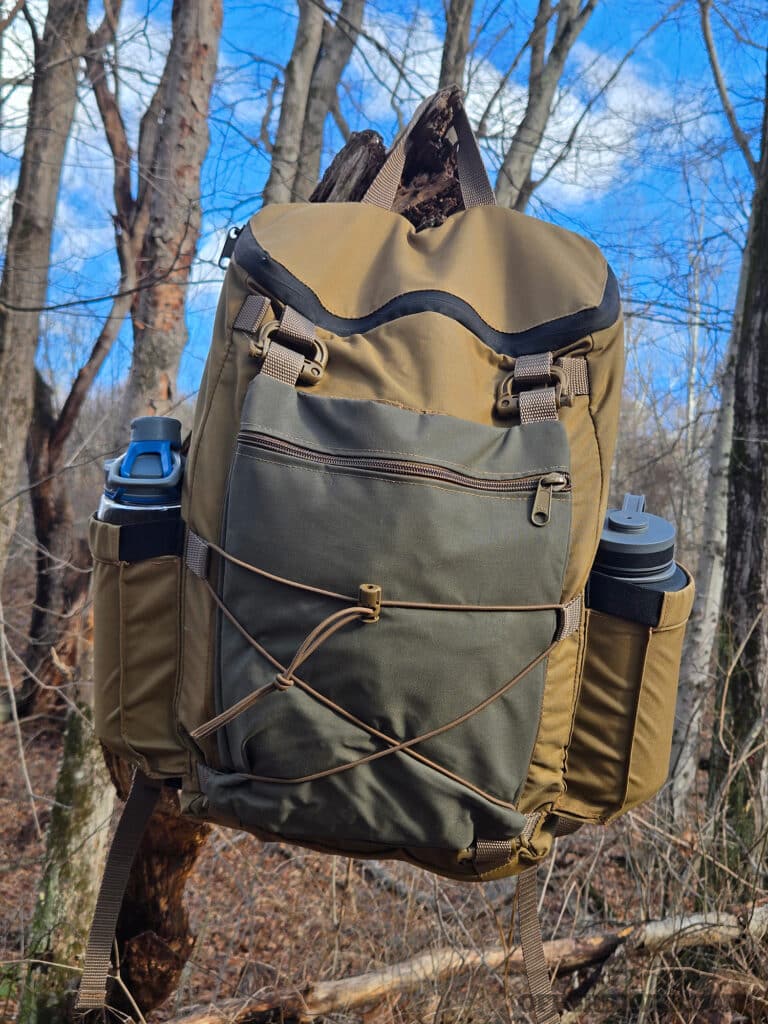
Having a robust and comfortable backpack like the Badger Claw Outfitters Discovery M1 to store your essentials allows for better movement and weather protection.
Bug-Out Bag
The bug-out bag has become nearly as iconic in popular media as the term prepper itself. Designed to hold everything you need to survive for a few days in case of evacuation, assembling one can be a major challenge — especially for beginners, who often overpack or leave out critical essentials. The key is striking the right balance between carrying the essentials while keeping weight manageable, ensuring mobility isn’t compromised. Countless resources cover bug-out bag setups, but here, we’ll focus on the must-have essentials.
• Copies of important documents including IDs
• Change of clothes (ideally three days)
• Personal hygiene items
• Medications, both over the counter and prescription
• Water and water purification tools should you run out
• Nonperishable food items, high-calorie protein and
adventure bars are ideal.
• First aid kit
• Flashlight or headlamp
• Basic survival kit including cordage, shelter, fire tools,
navigation/maps
• Self-defense tools
• Multi-tool
• Cash/currency
• Seasonal items like gloves, hats, scarf, sunblock, bug
repellent, etc.
• Repair items like duct tape, swing kit, superglue, etc.
• Power banks and charging accessories for any
electronics you carry
• Extra batteries for non-rechargeable items
• Portable cooking and water boiling equipment
This is just the basics, but as you can see, a bug-out bag can get heavy quickly. The best way to refine your setup is to train with it. Carry it over distances to build endurance and improve your ability to move efficiently under load. Regular use will also help you determine what gear is truly essential and what can be left behind, ensuring your bag is both practical and manageable in a real emergency.

A fire kit is essential in both wilderness and urban environments. Fire provides warmth, can boil water, and be used for signaling.
Skills Training
You may have noticed that training has been emphasized multiple times — and for good reason. Training is essential, and it comes in many forms. Ideally, incorporating a combination of methods will help you develop the well-rounded skills needed to survive. When training with others, be sure your instructor is reputable, and whenever possible, take similar courses from different instructors. Gaining multiple perspectives will broaden your understanding and refine your skillset.
Self-Taught: Training on your own isn’t a bad thing. Many people start here after reading books or watching videos. While this does have its benefits, it lacks having someone standing over your shoulder pointing to mistakes or areas of improvement.
In-Person Training: One of the most effective ways to learn may be through hands-on training with a skilled professional in the field. This provides firsthand experience in a realistic environment, reinforcing critical skills. However, in-person training may require travel and can be costly, making it less accessible for some individuals.
Online Training: Many professionals now offer online training programs, providing the advantage of guided instruction, feedback, and Q&A support — all without the need for extensive travel. While this approach is often more effective than simply watching videos, it lacks the hands-on, real-world experience that in-person training provides.
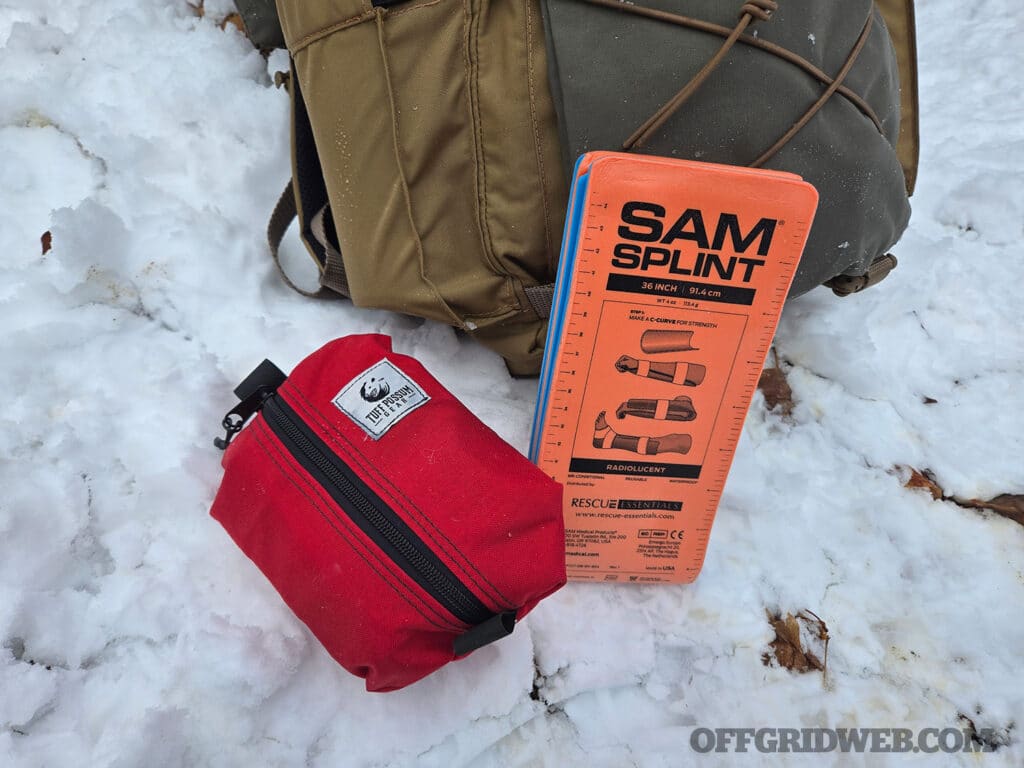
Having a first aid kit and some more advanced medical items if trained can keep you moving in a bug-out scenario.
Final Thoughts
Hopefully, this has helped dispel the myths surrounding prepping, often misrepresented by popular media. The desire to be prepared and self-reliant is deeply rooted in human nature. While it’s impossible to plan for every scenario, following basic preparedness principles can significantly improve your ability to handle emergencies. If you’re ready to take the next step, there’s no better time to start than today. Take your time, build your knowledge, and grow your skills — preparedness isn’t a final destination, it’s an ongoing journey.
Read More From Issue 67
Don’t miss essential survival insights—sign up for Recoil Offgrid’s free newsletter today!
- Editor’s Letter Issue 67
- Review of the Tiny Survival Guide 2.0
- Offgrid Adventures: South Africa to Hawaii
- Reiff Knives F4 Field Test: A Comparison of the Three F4 Variants
- Urban EDC
- Interview with Reuben Bolieu
- Choosing an EDC Knife
- Urban Emergency Vehicle Kit
- Gear Up: Spring Into Action
- The Death File
Check out our other publications on the web: Recoil | Gun Digest | Blade | RecoilTV | RECOILtv (YouTube)
Editor’s Note: This article has been modified from its original version for the web.



